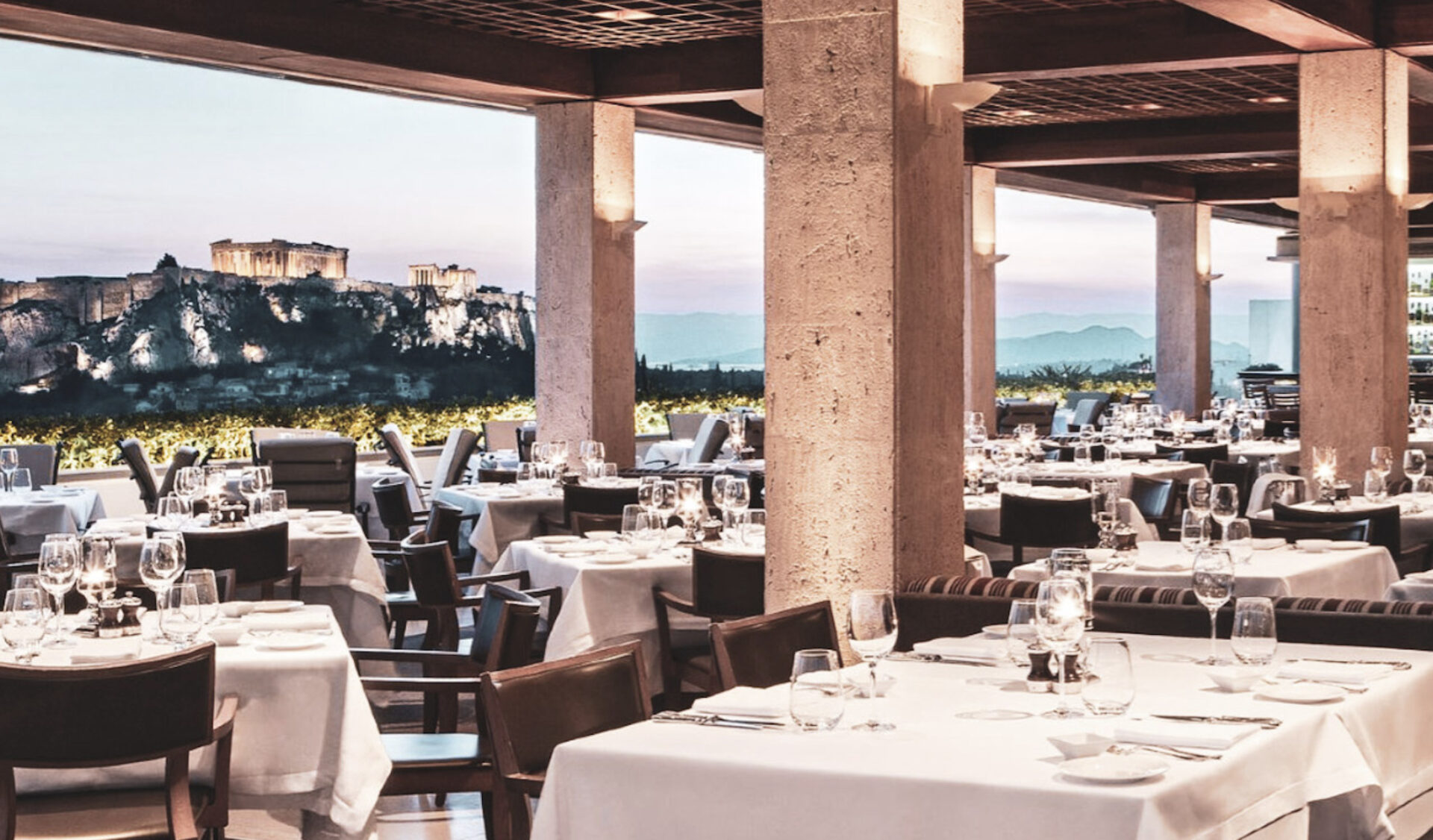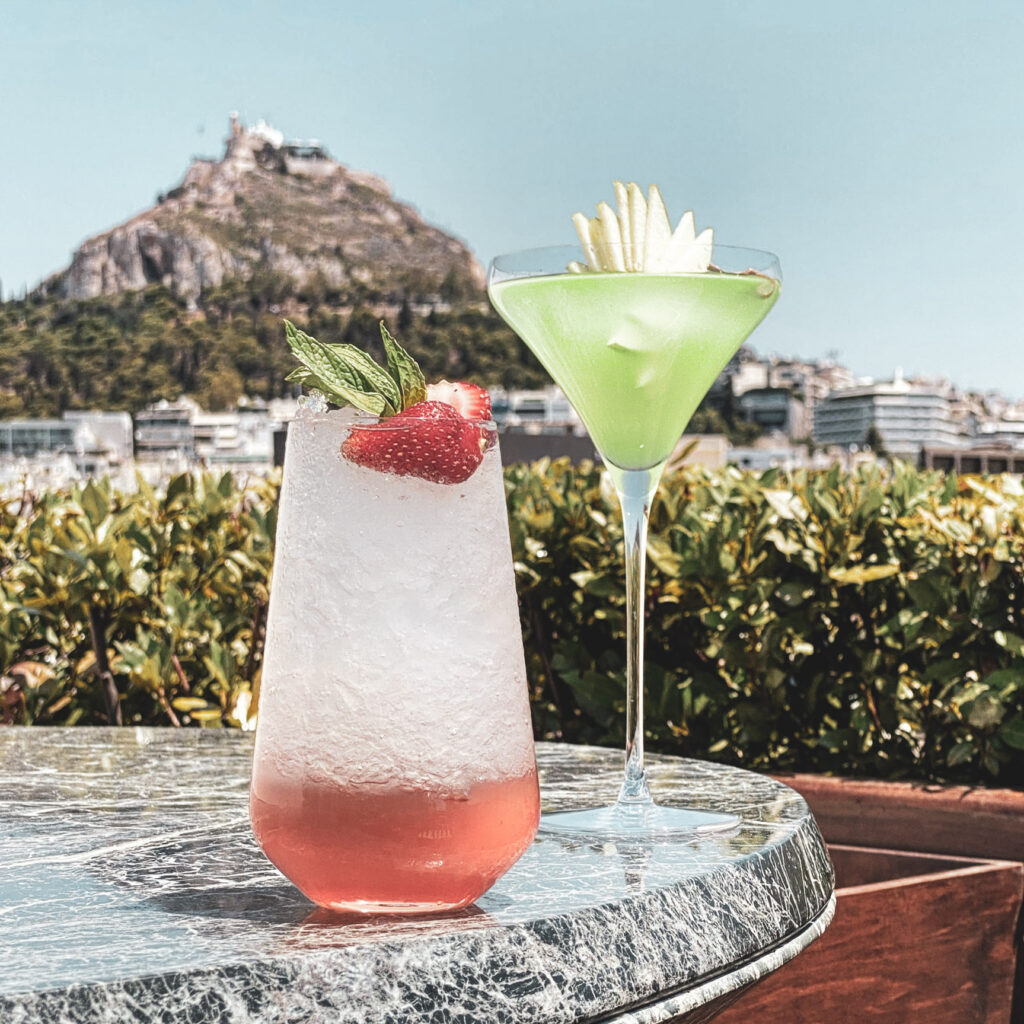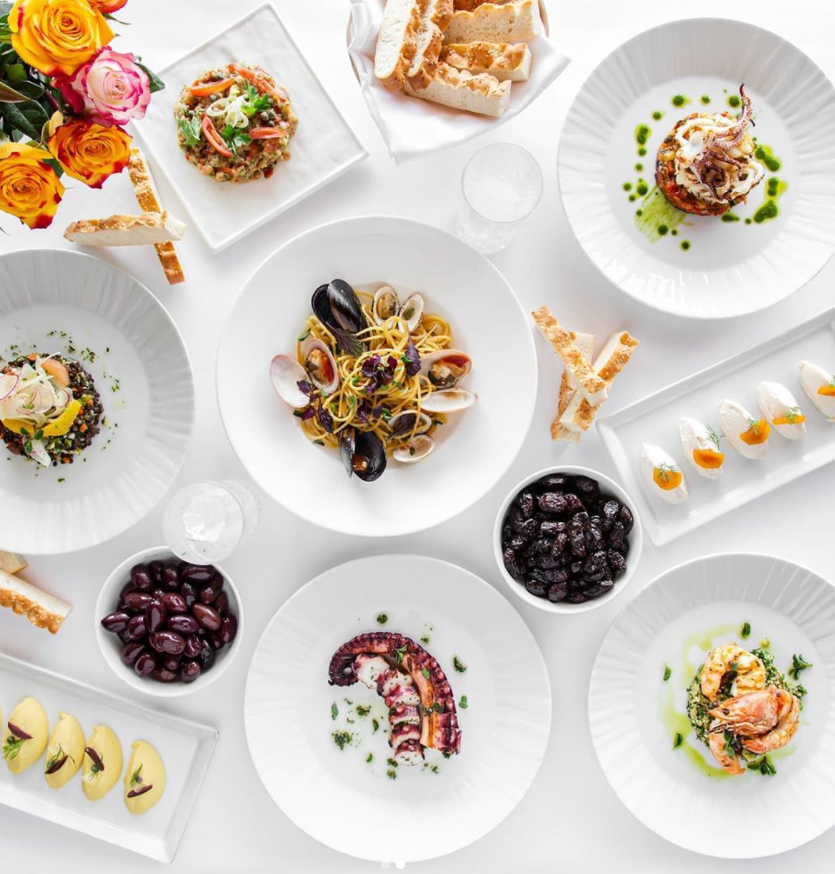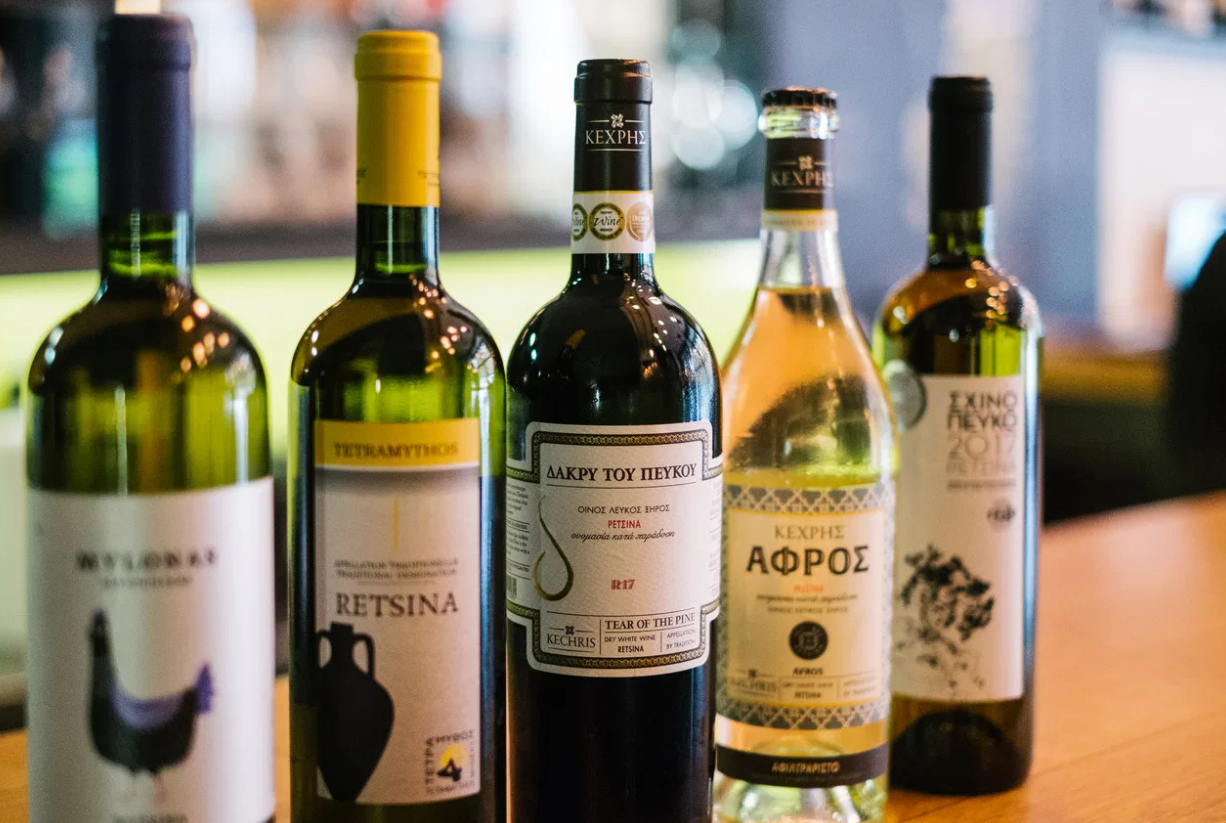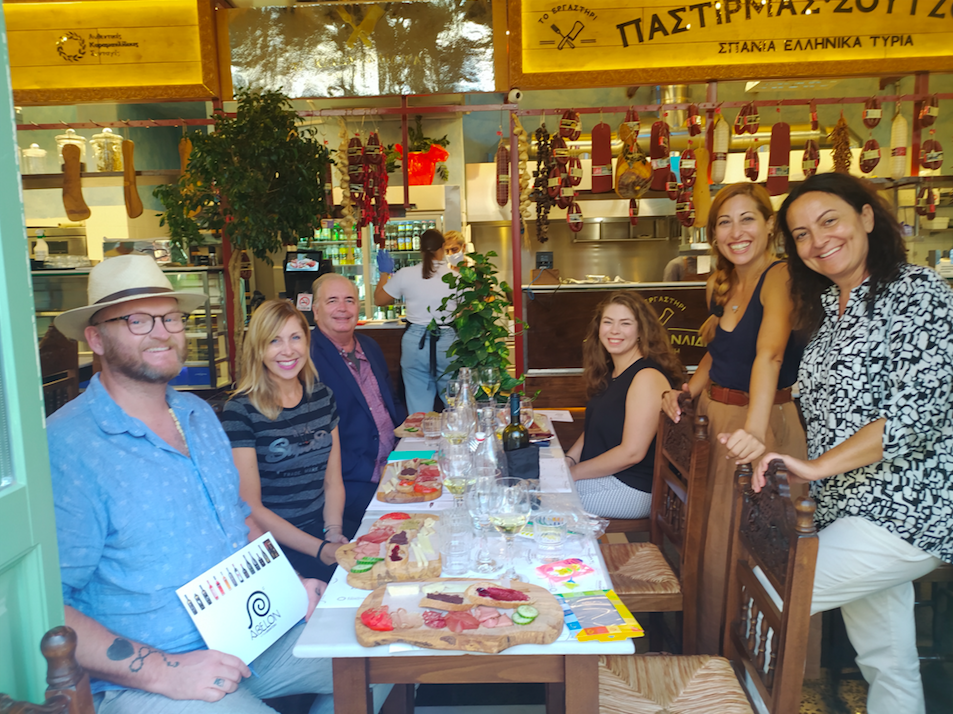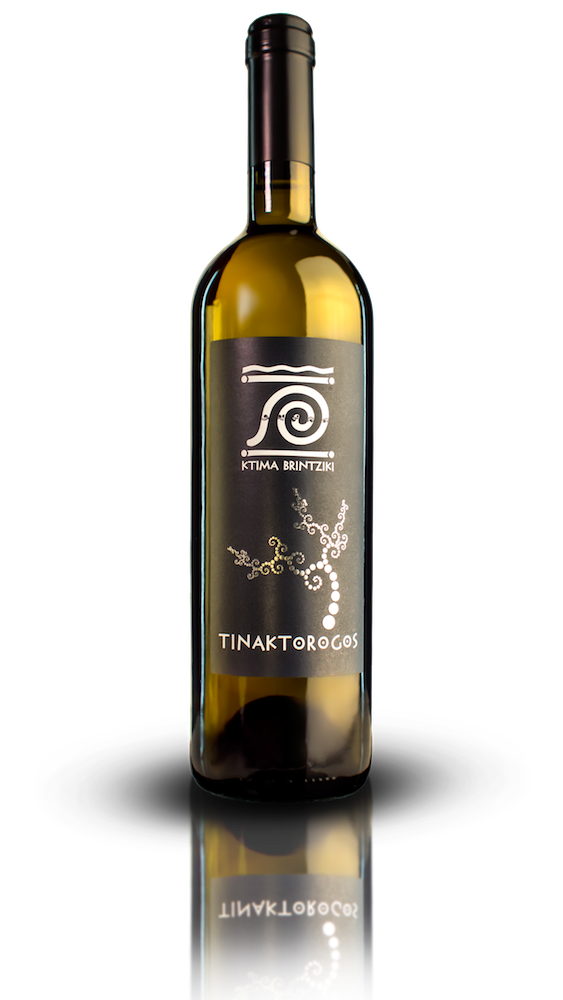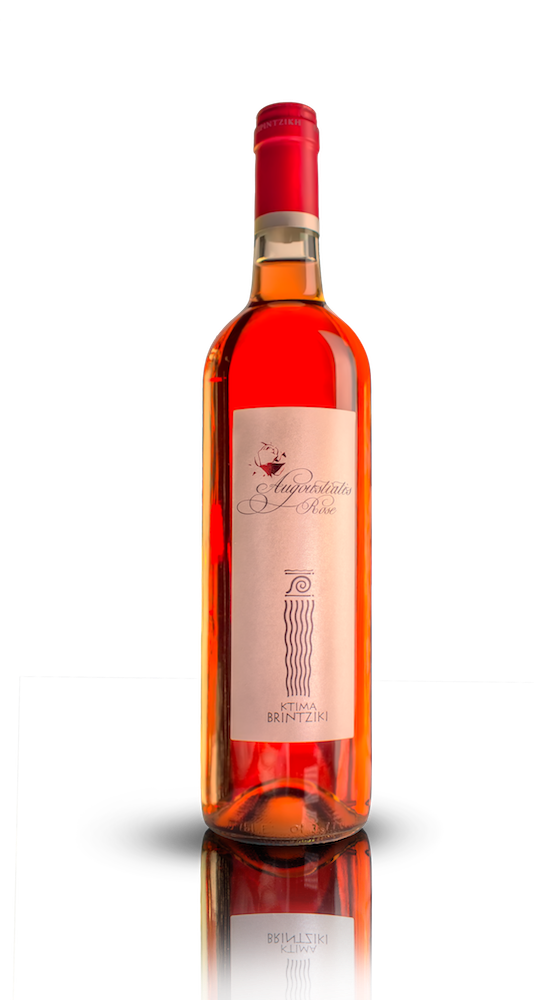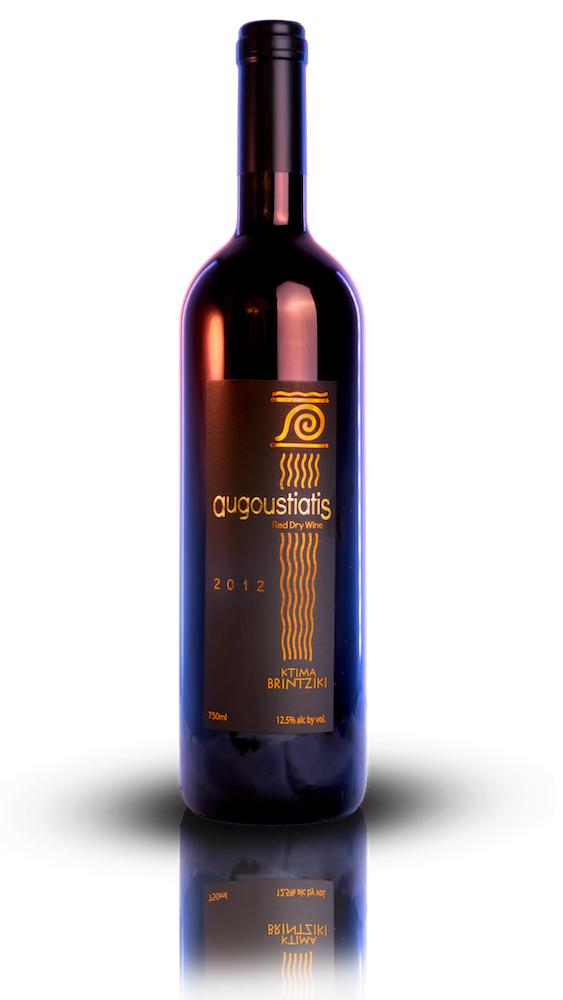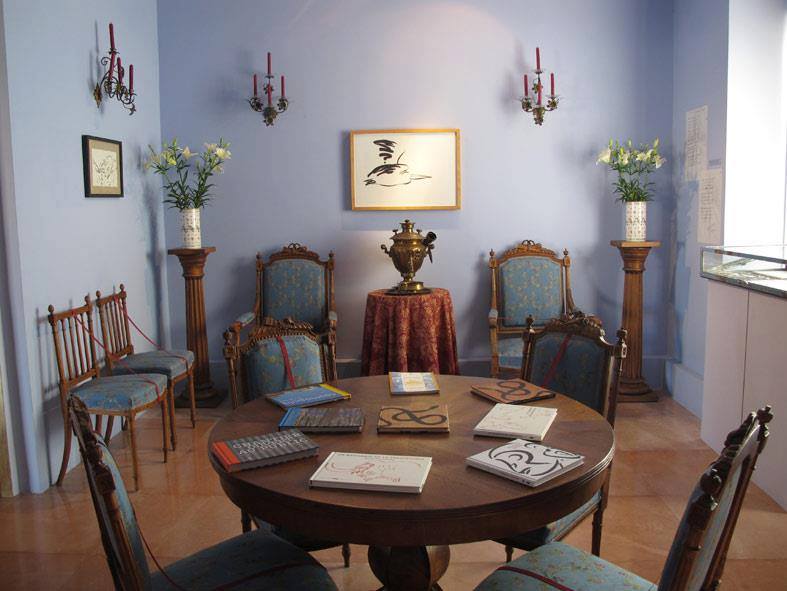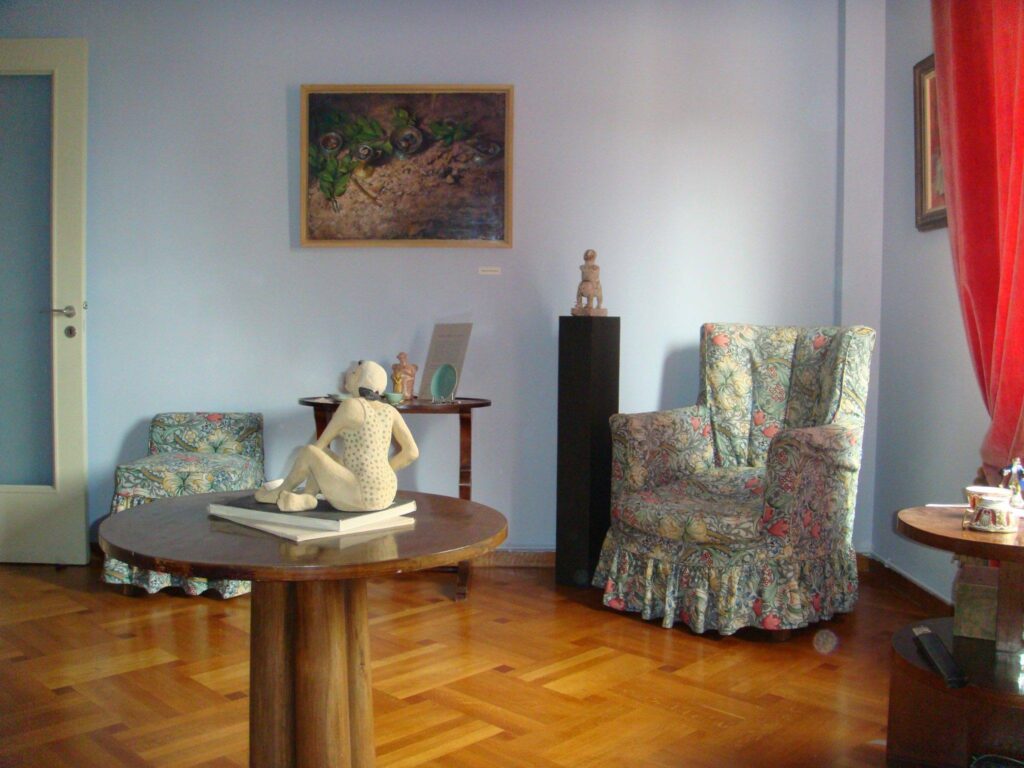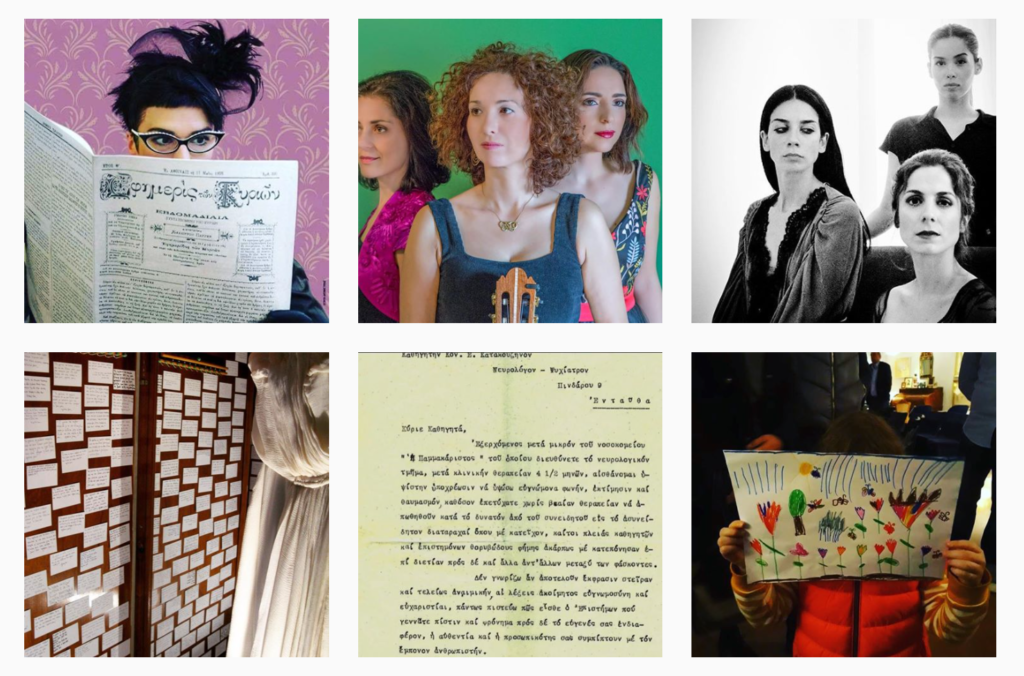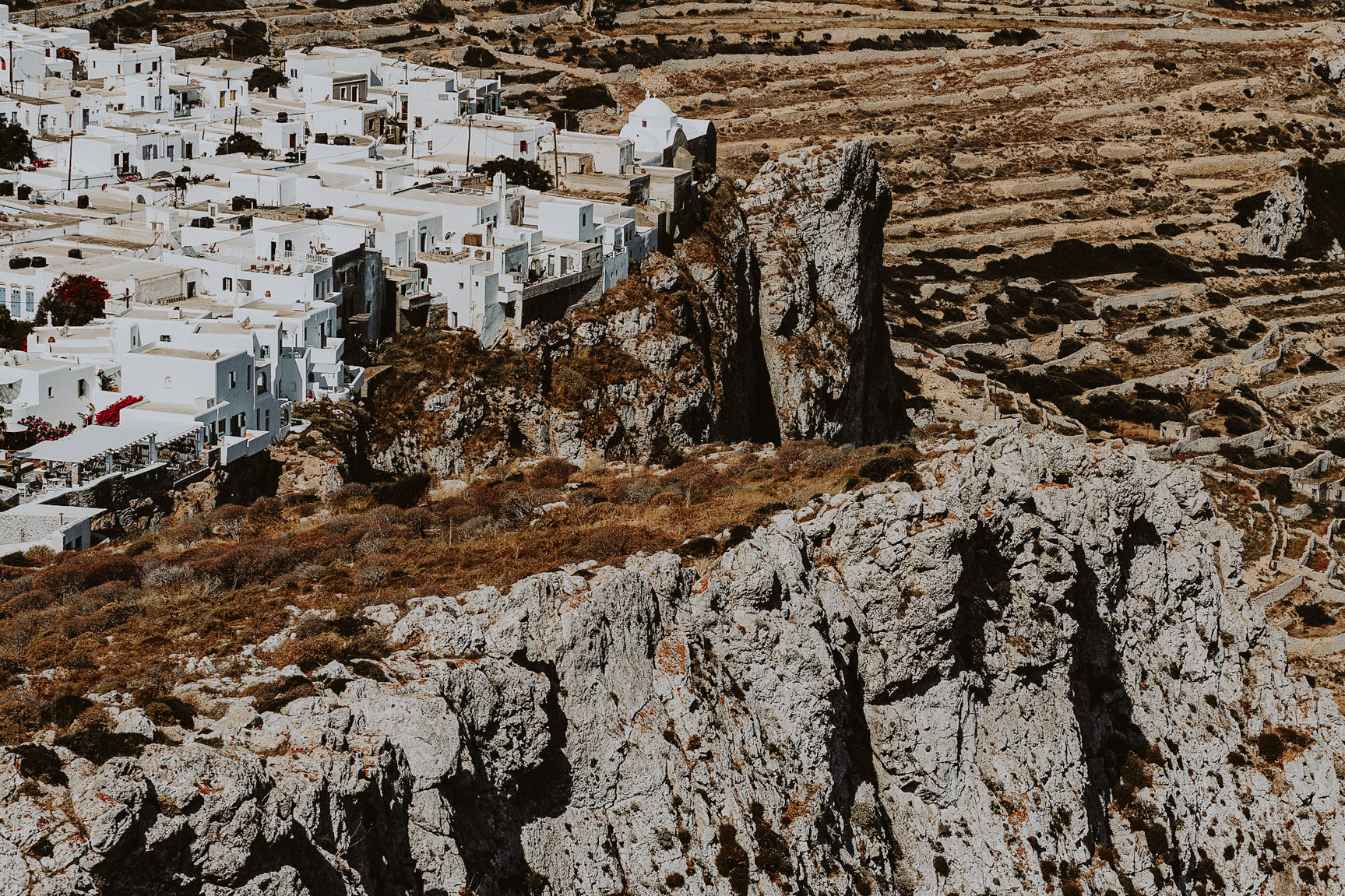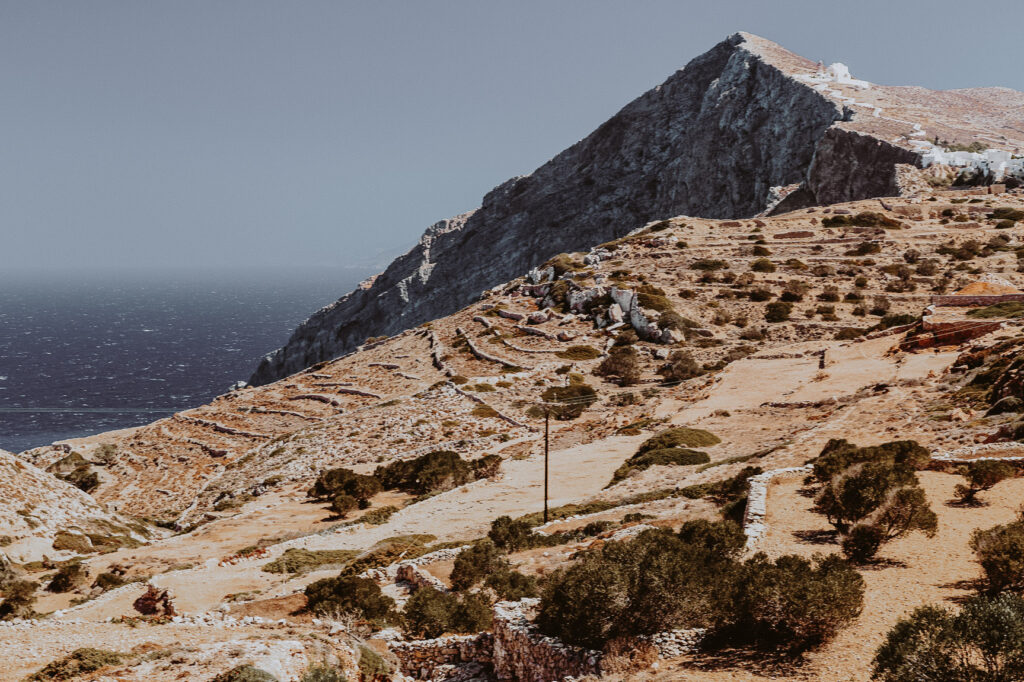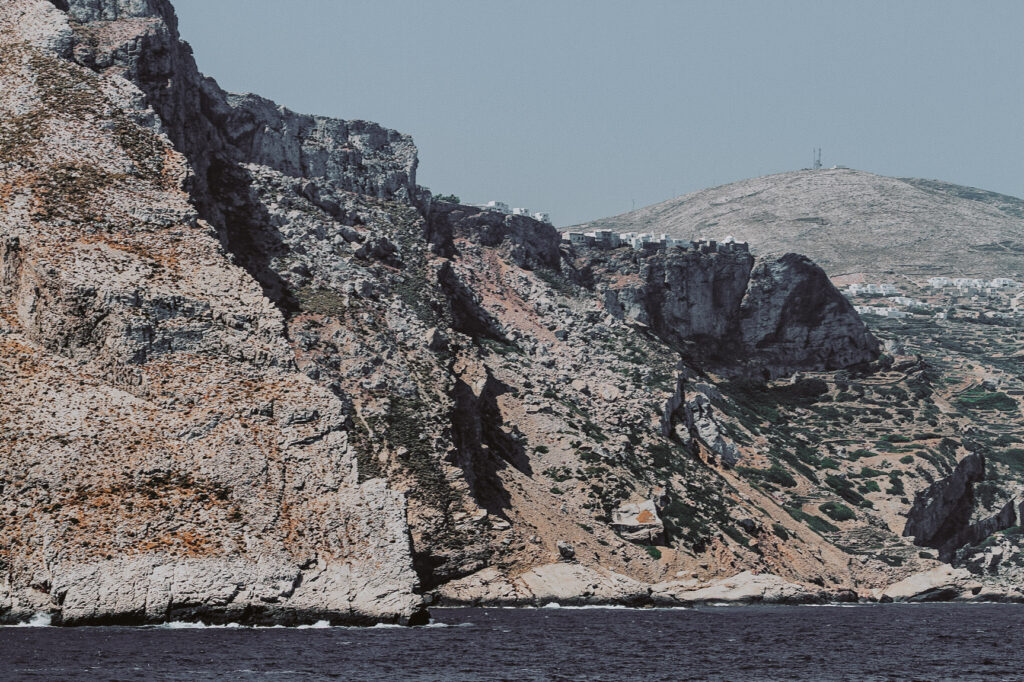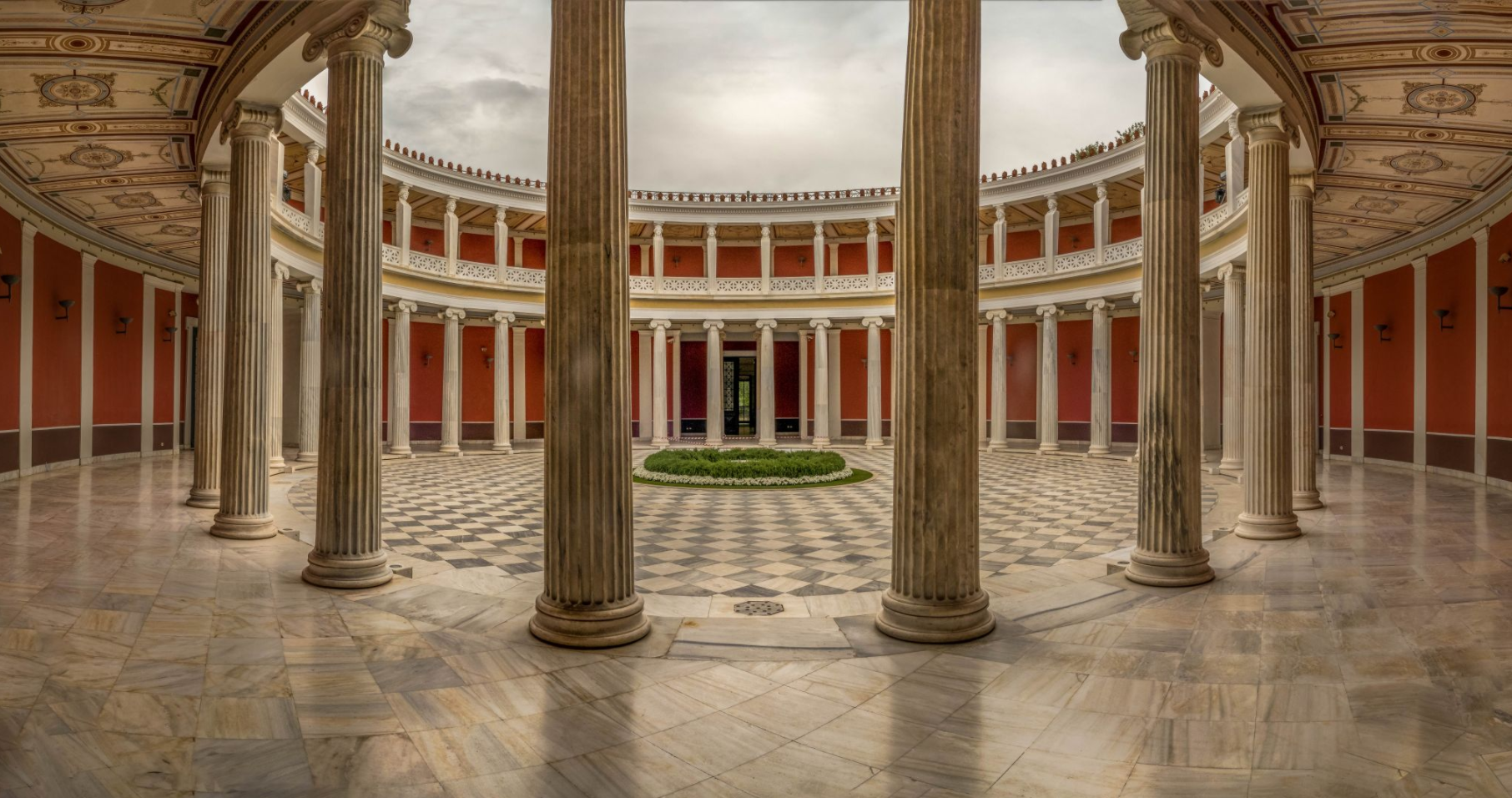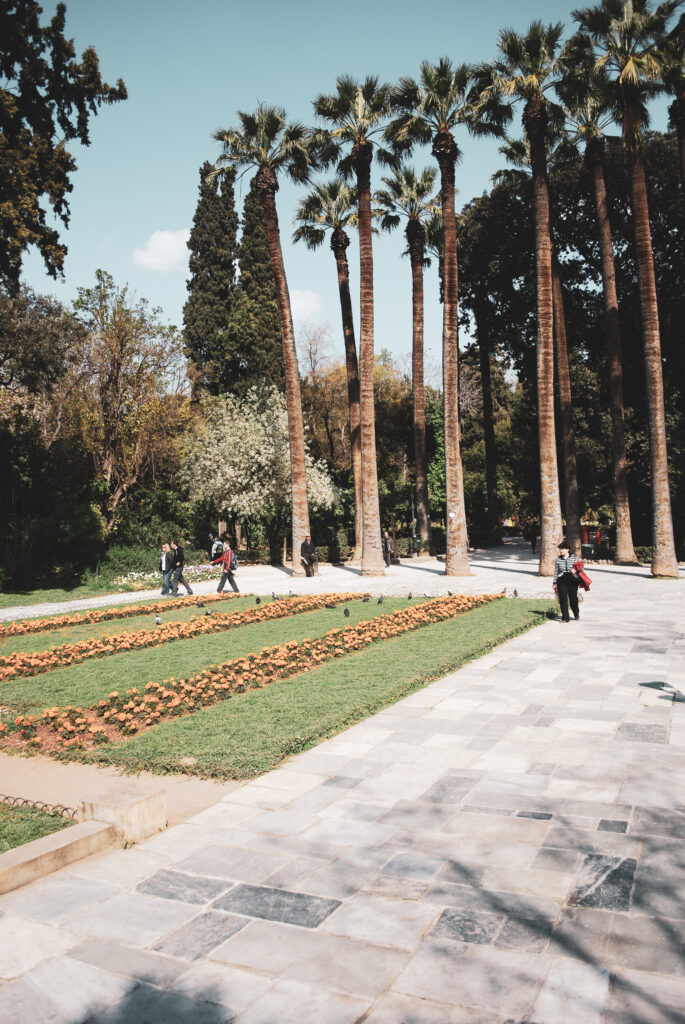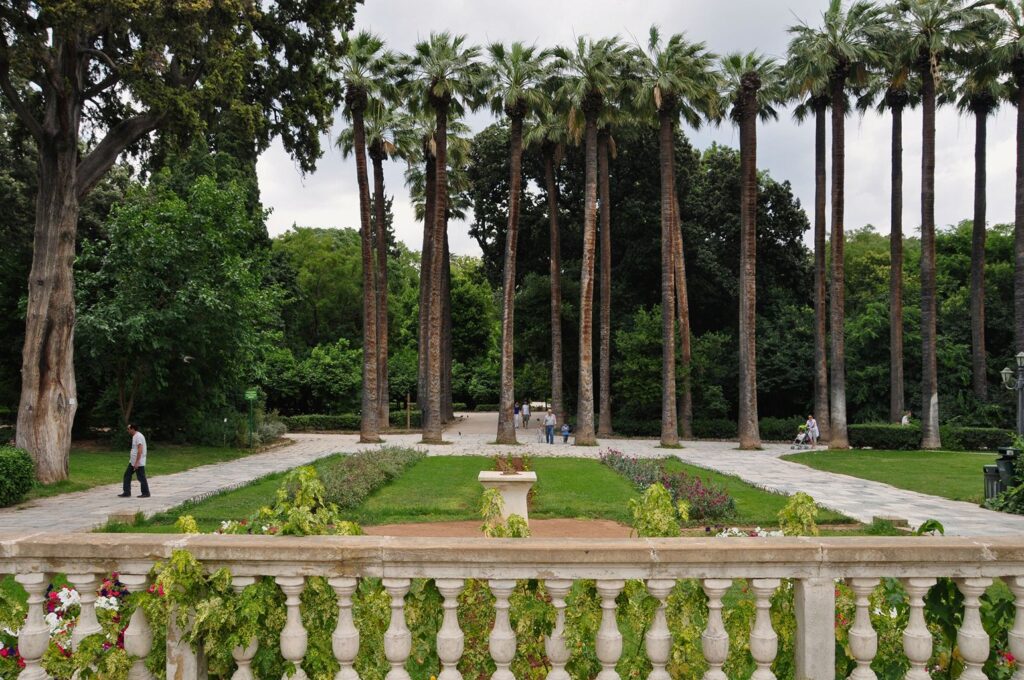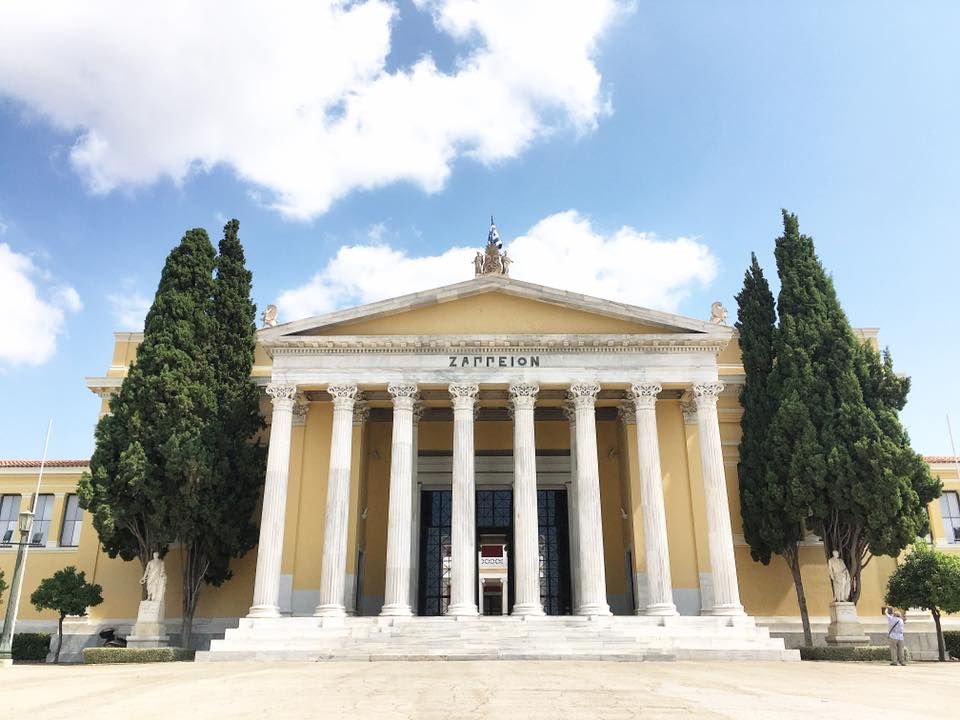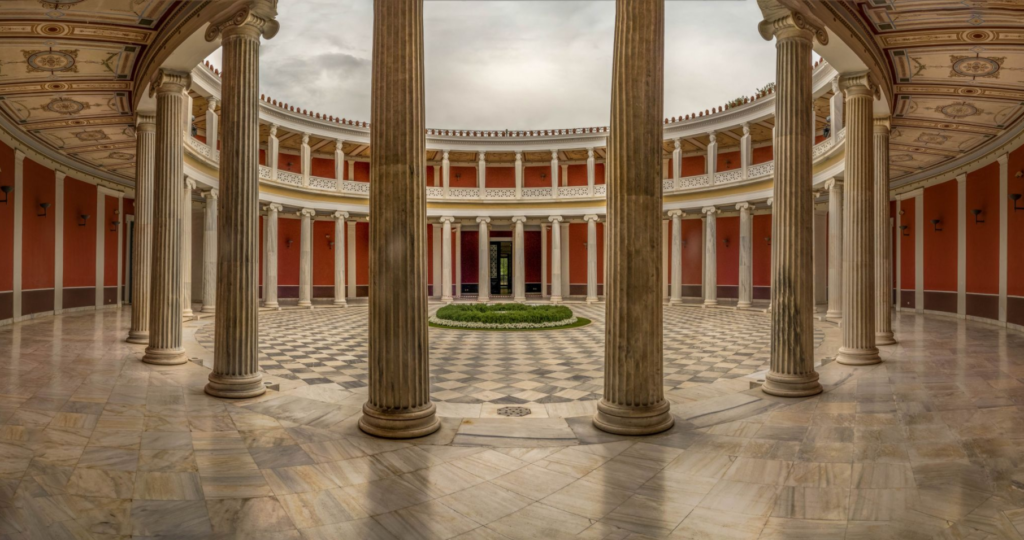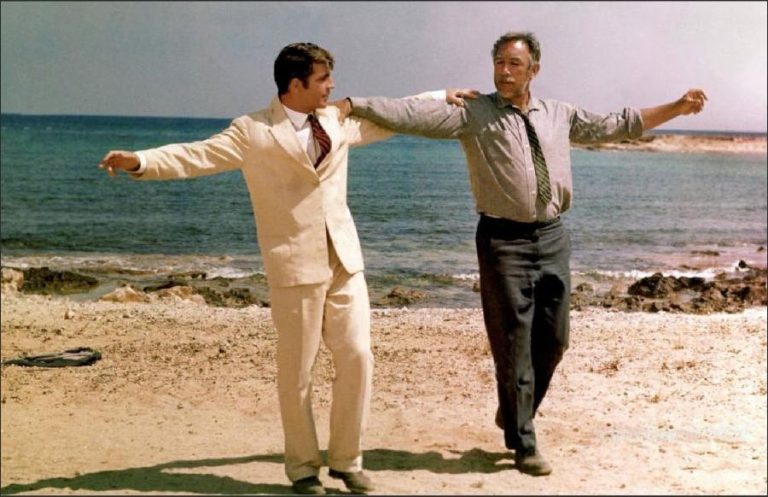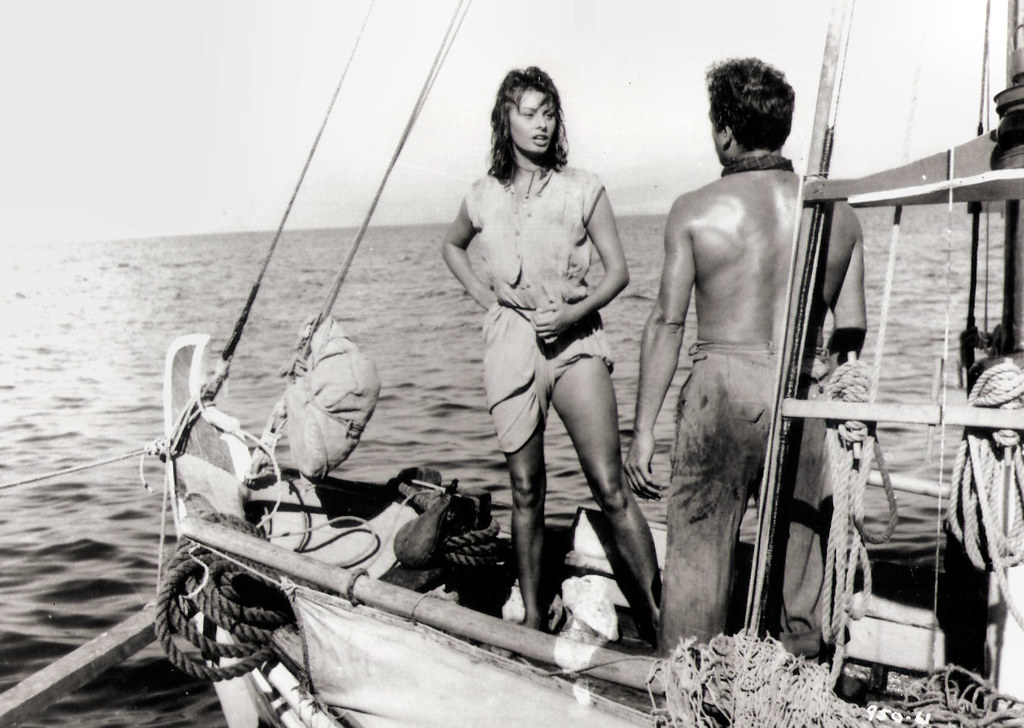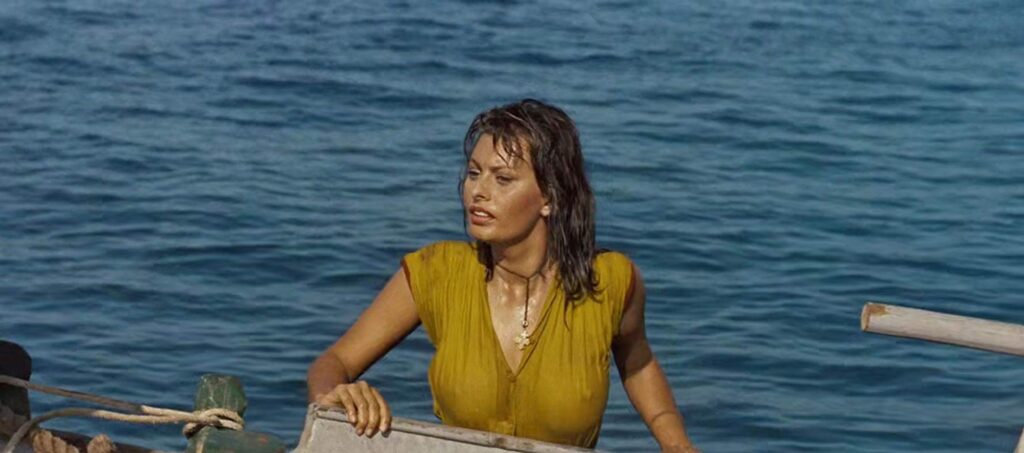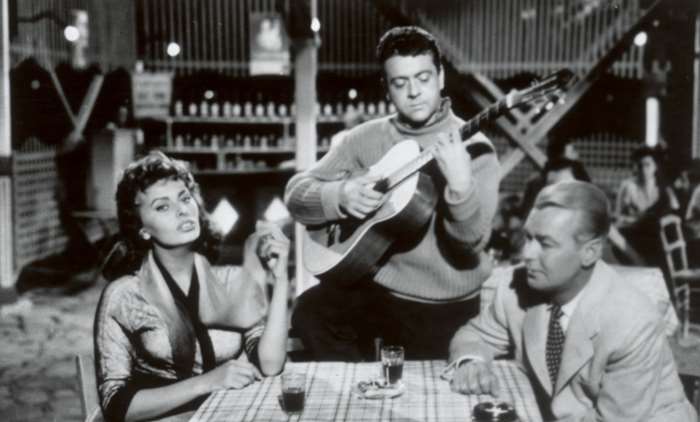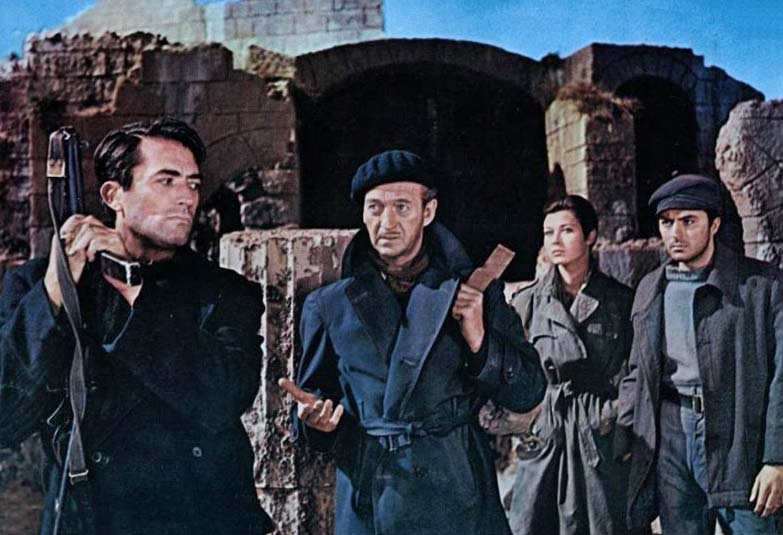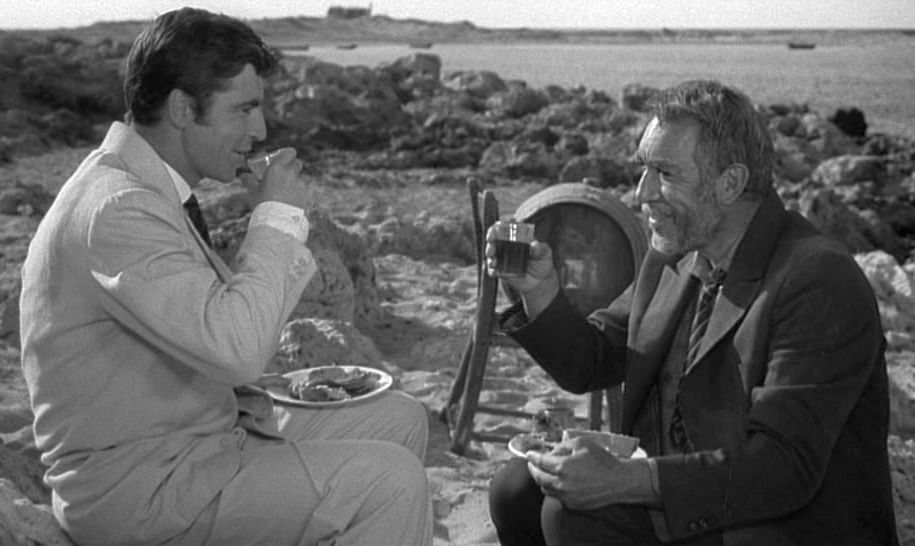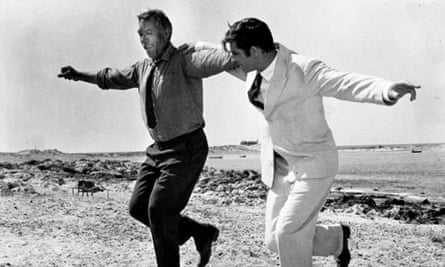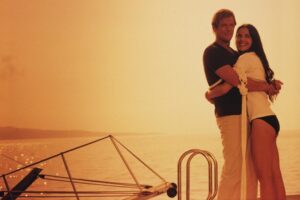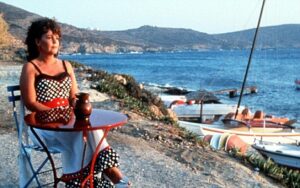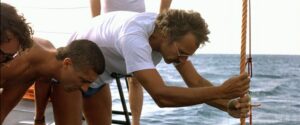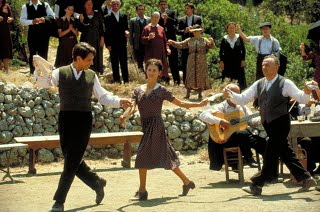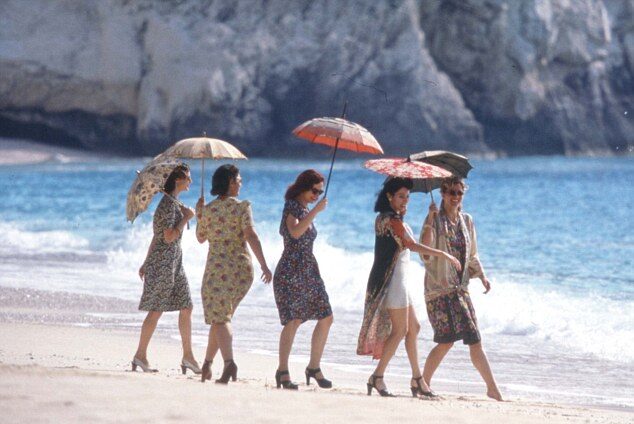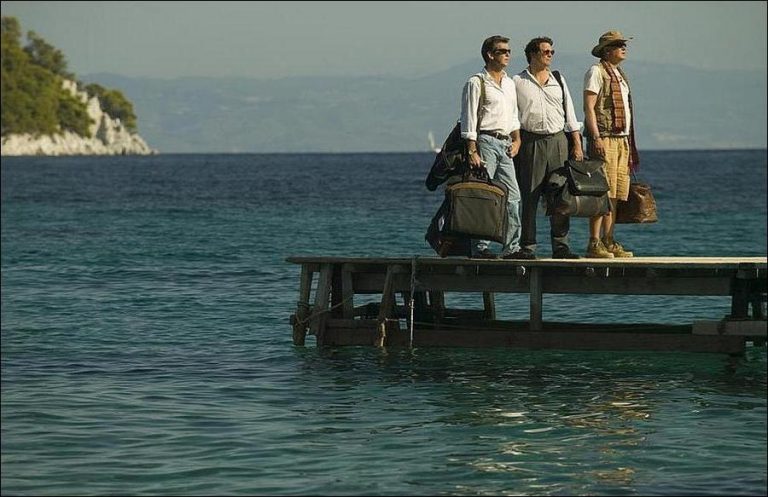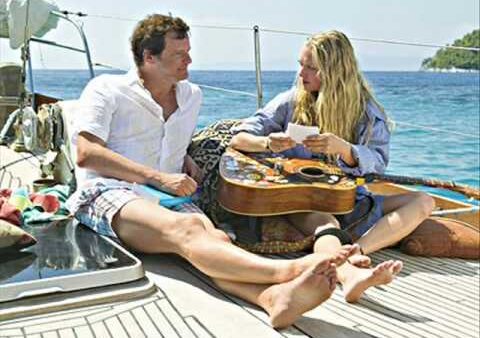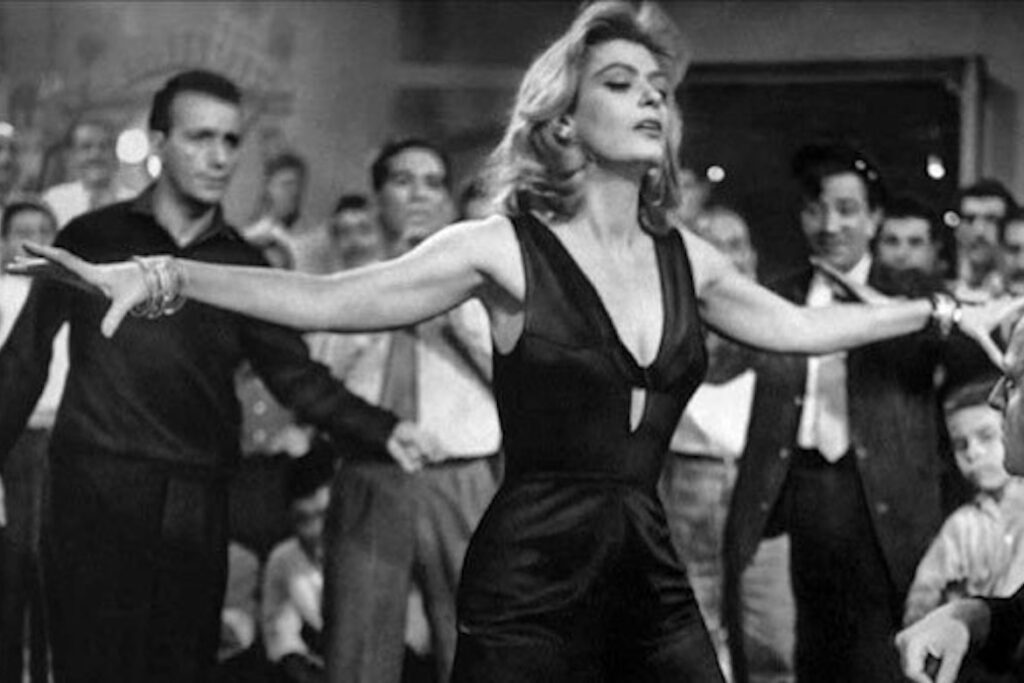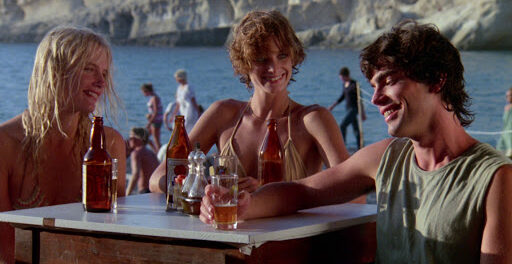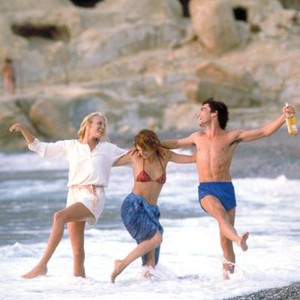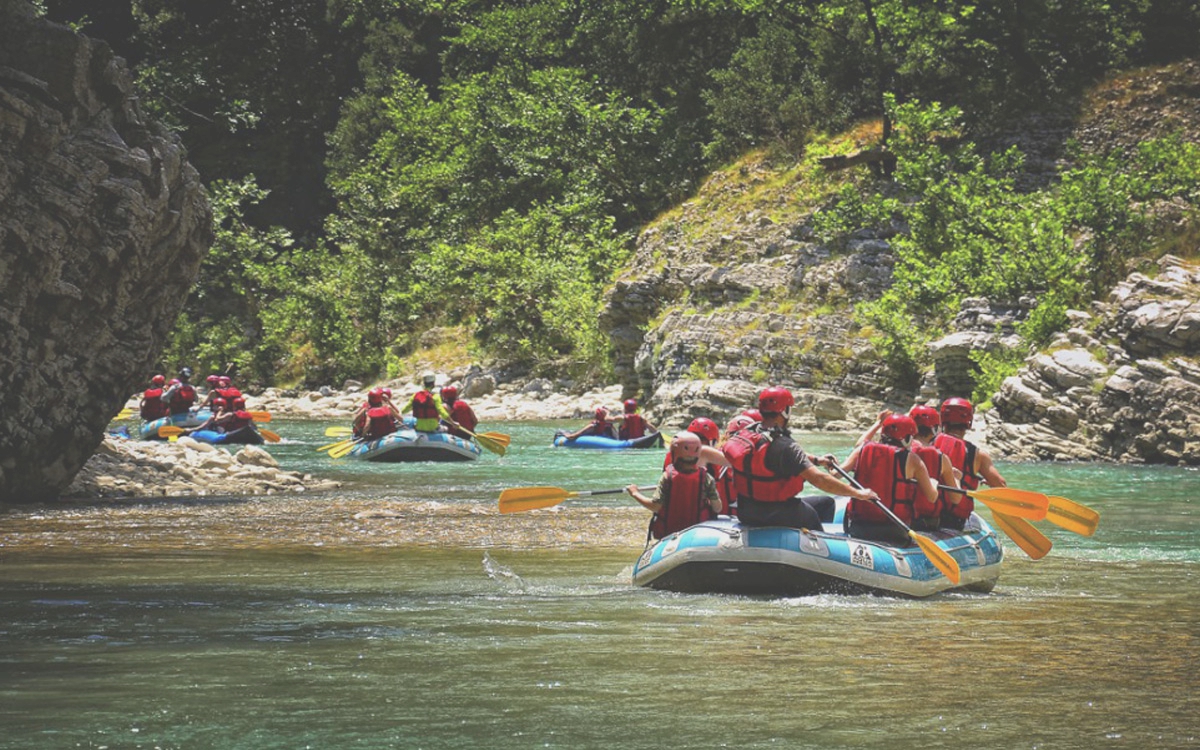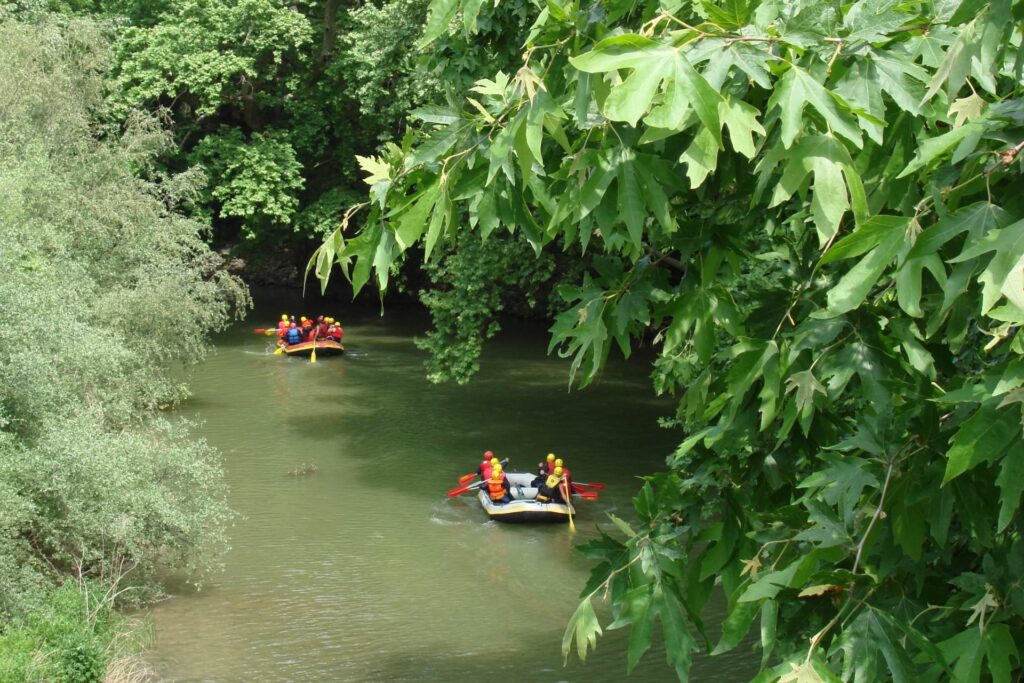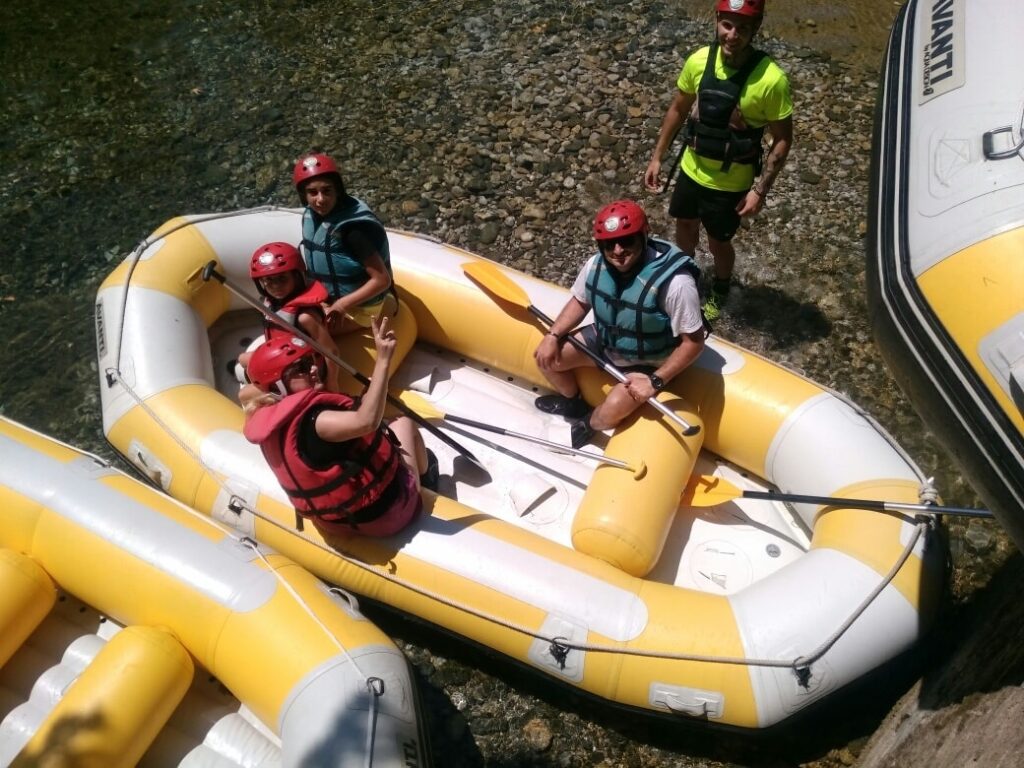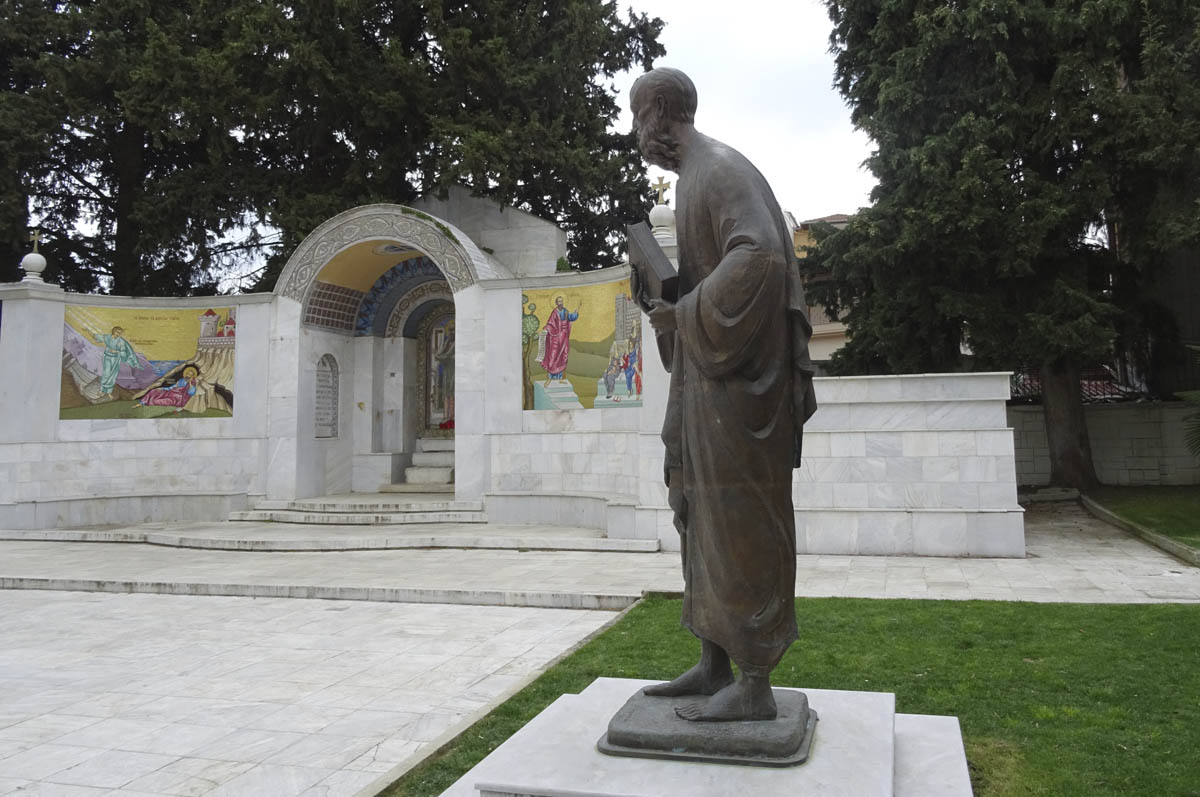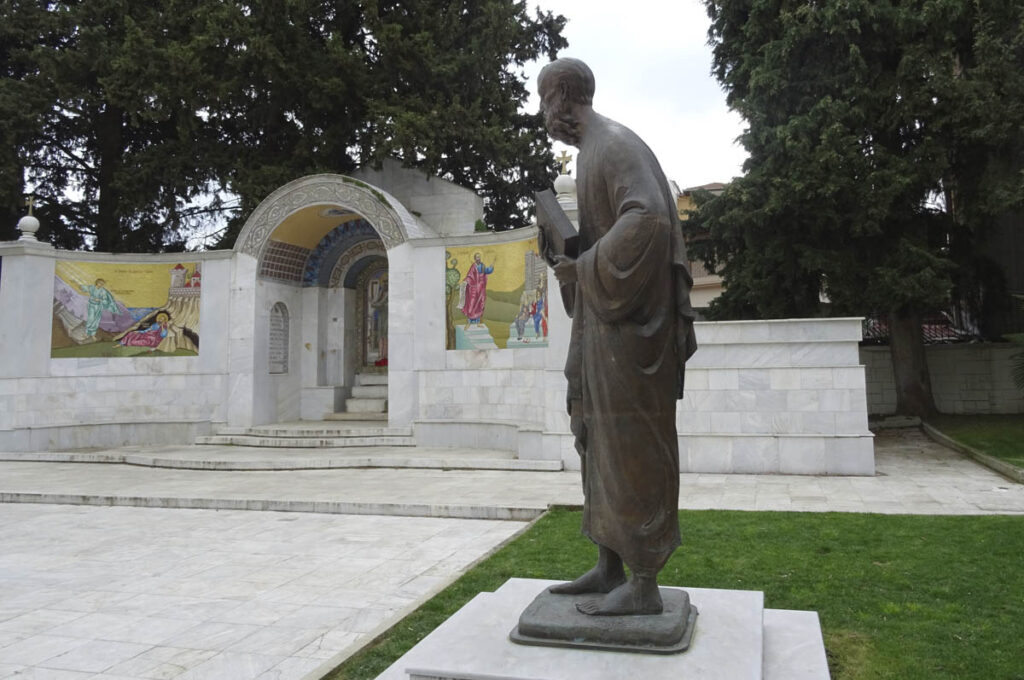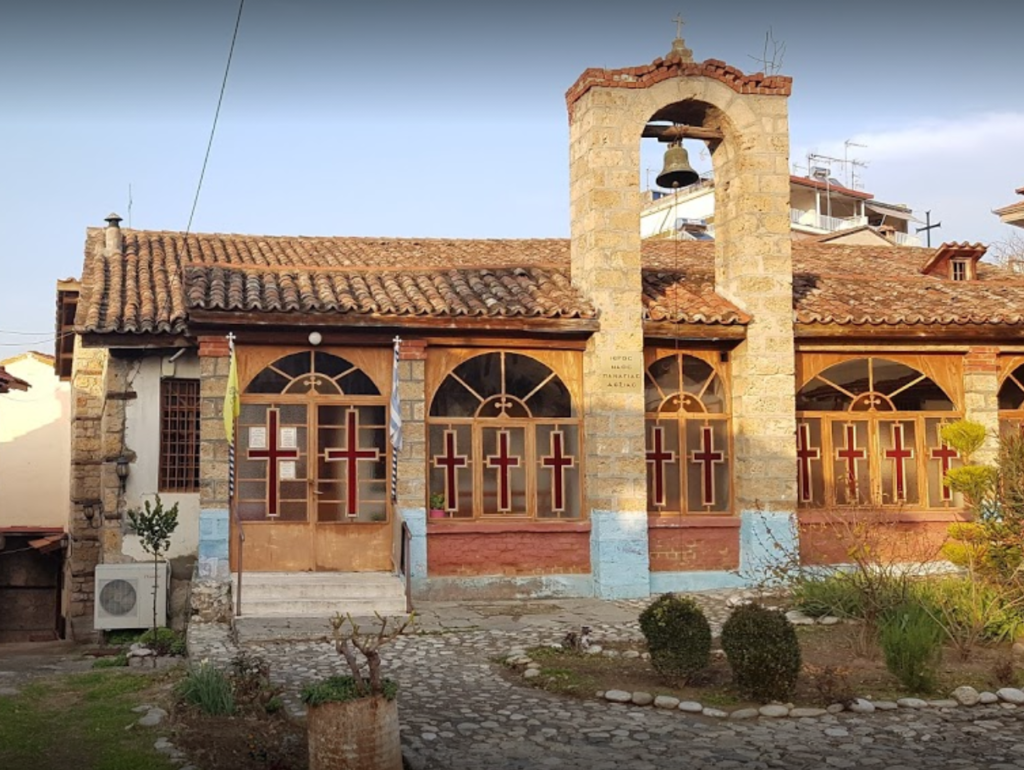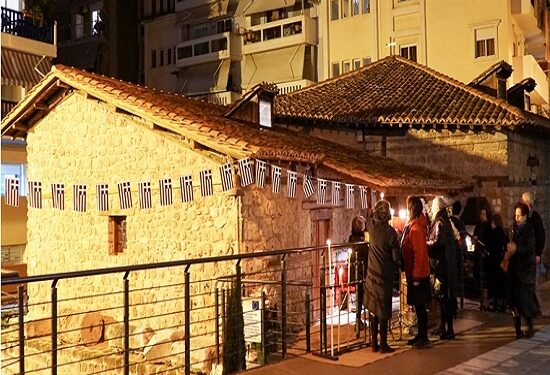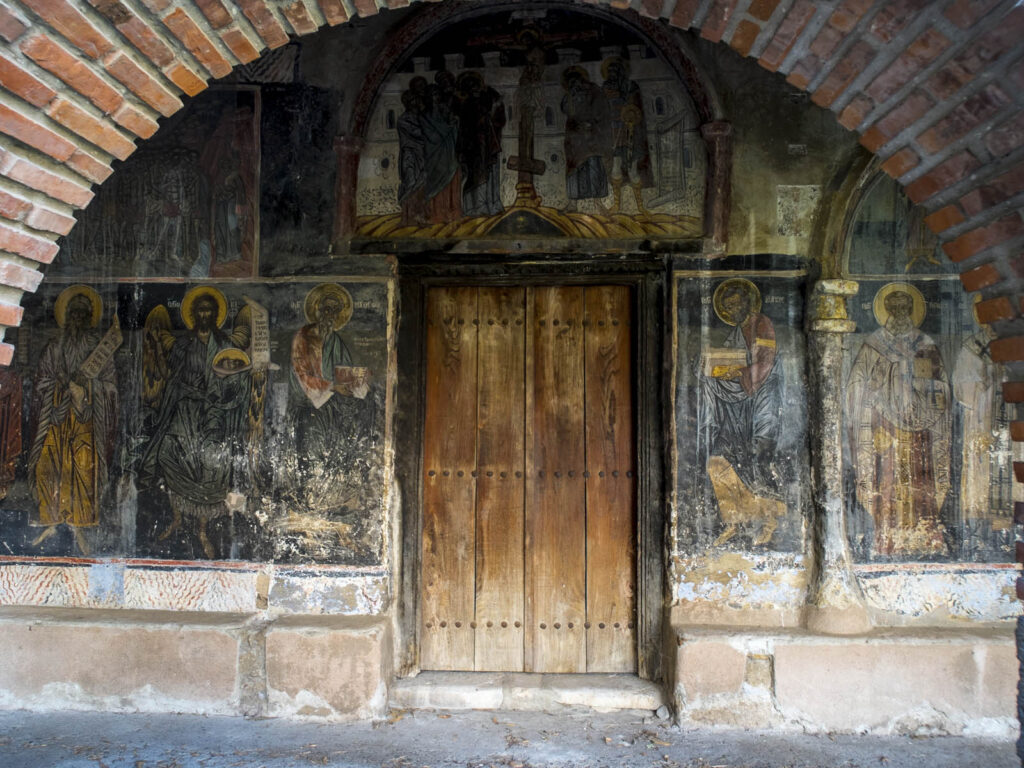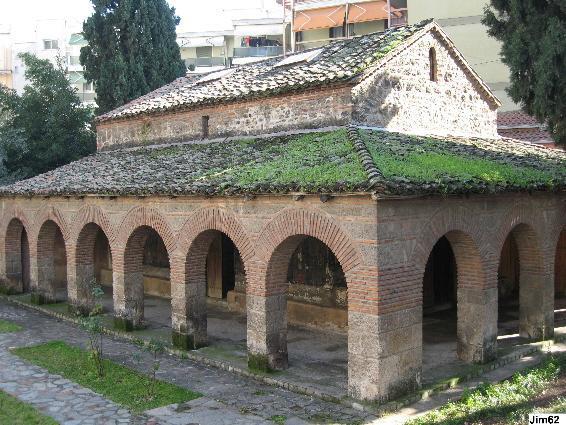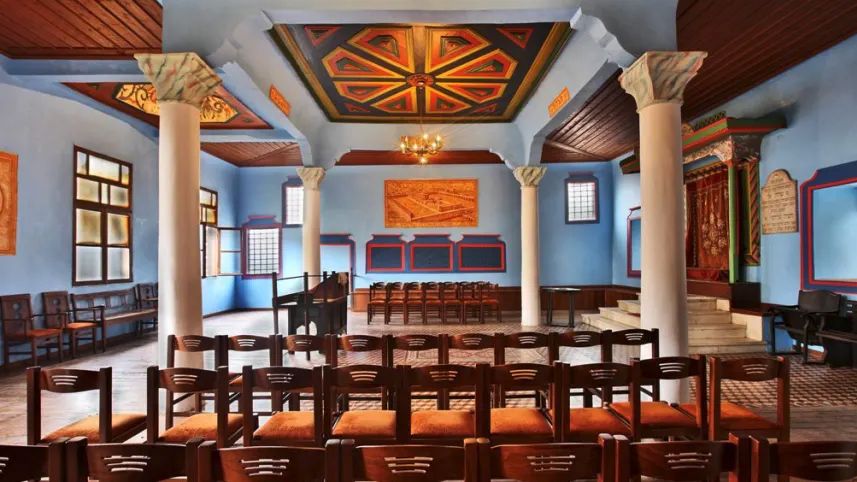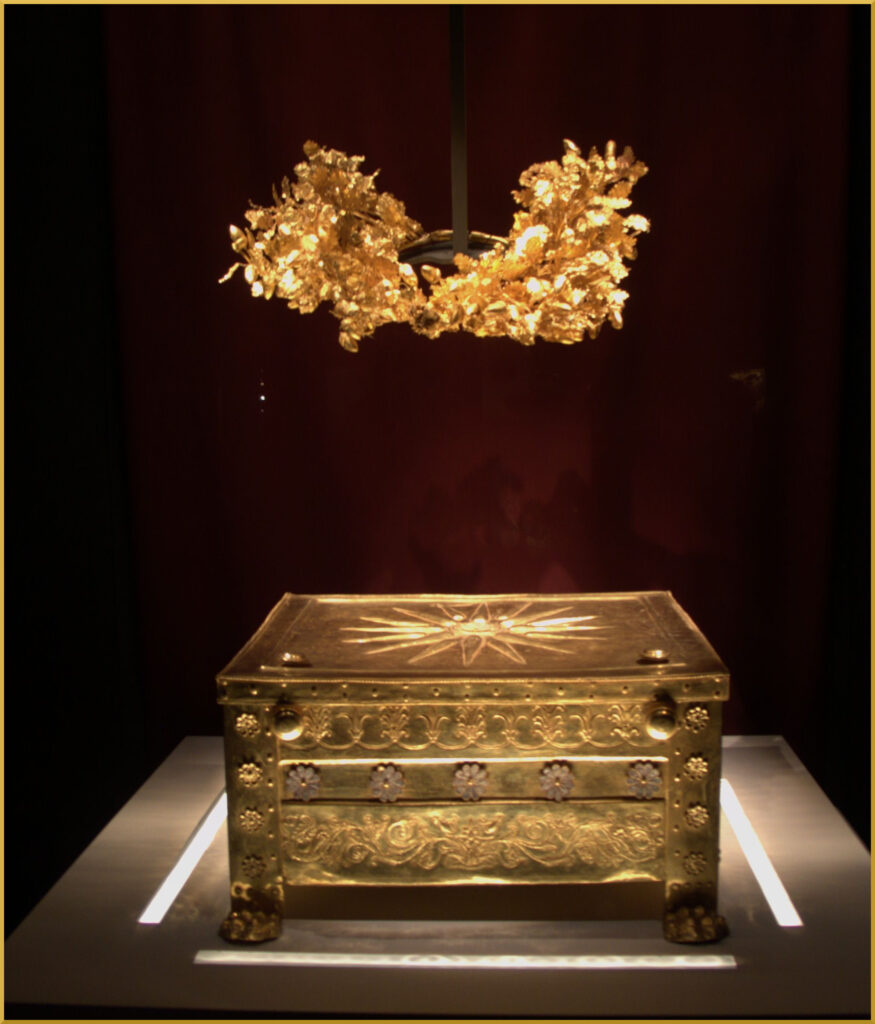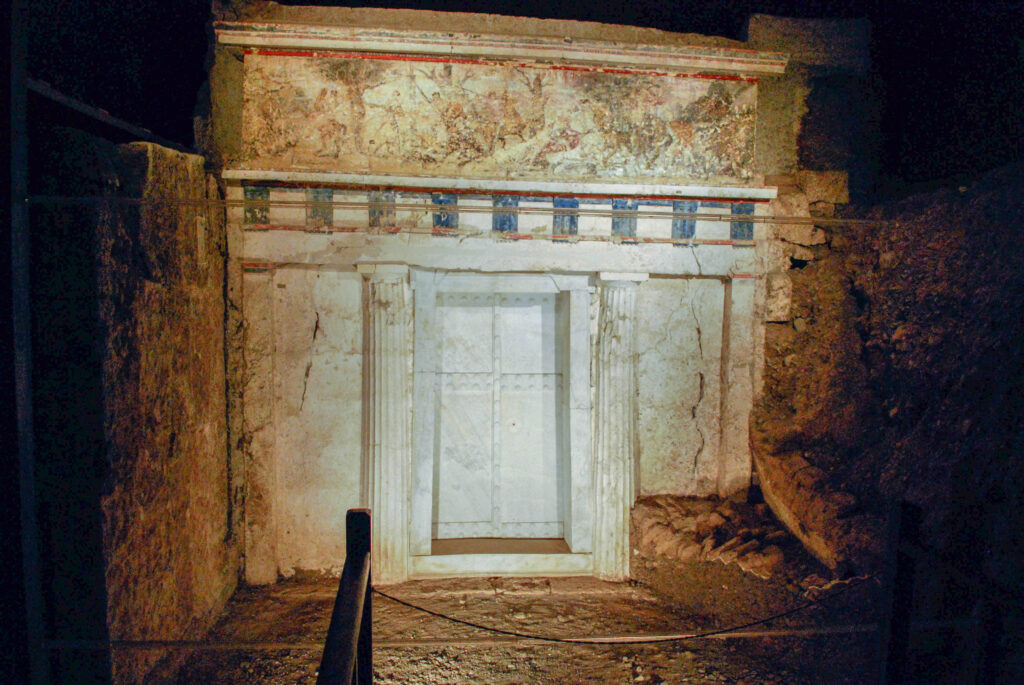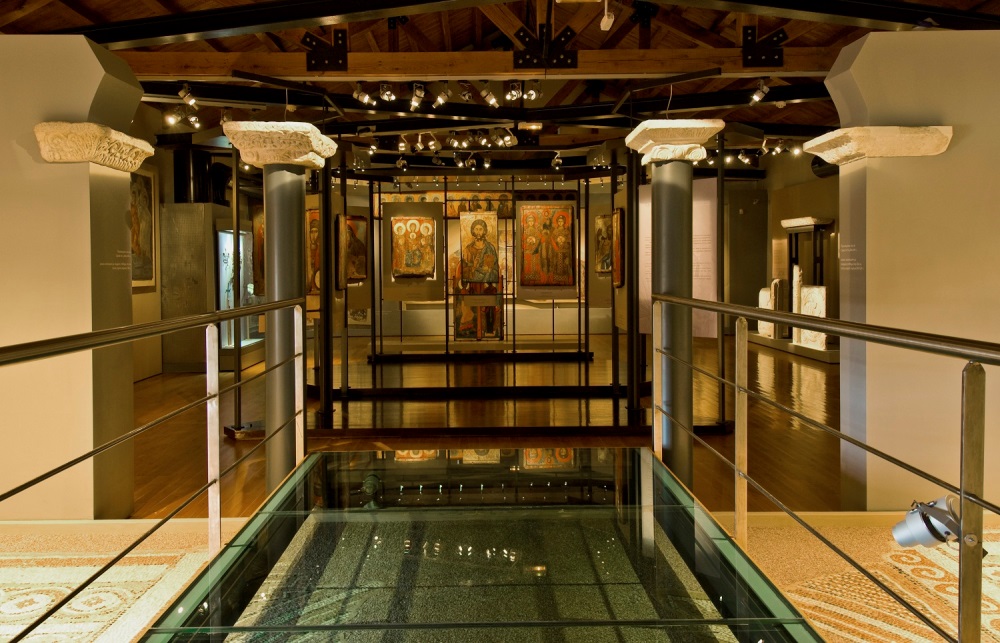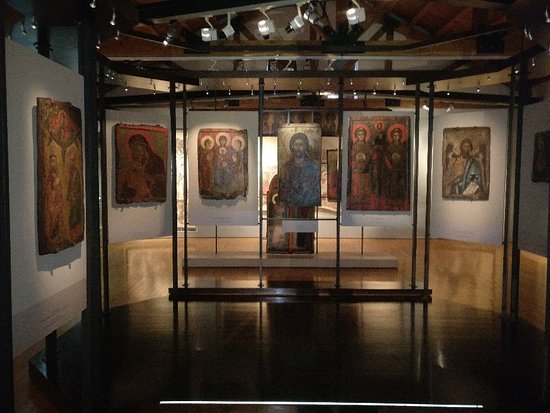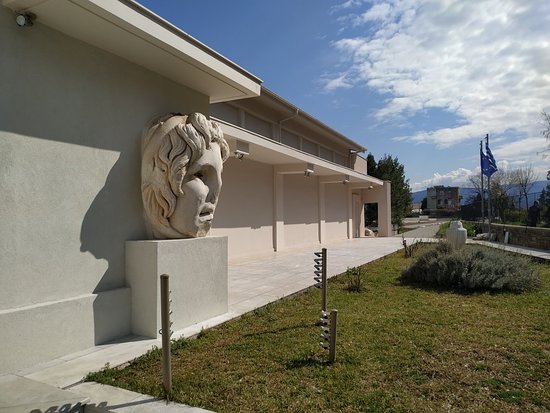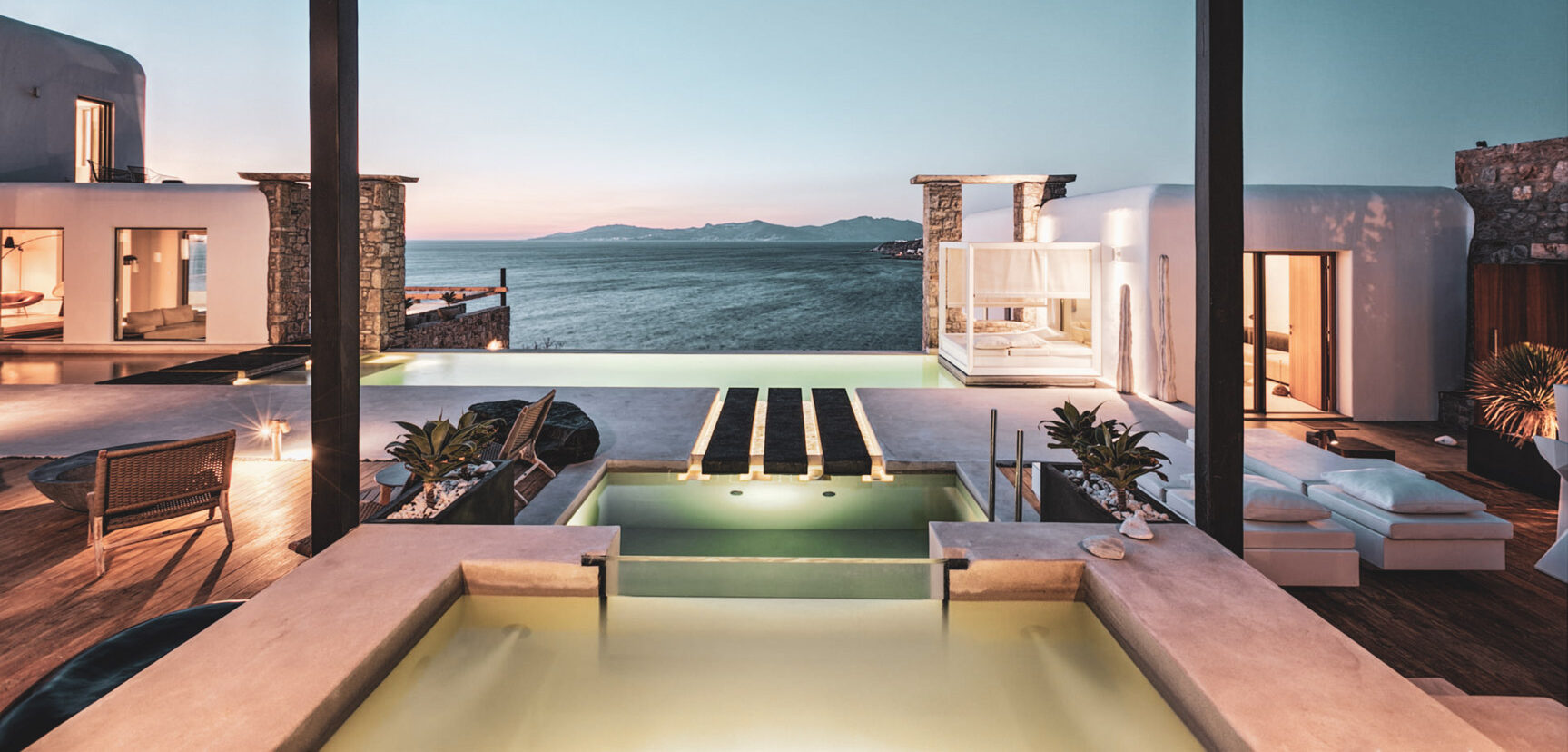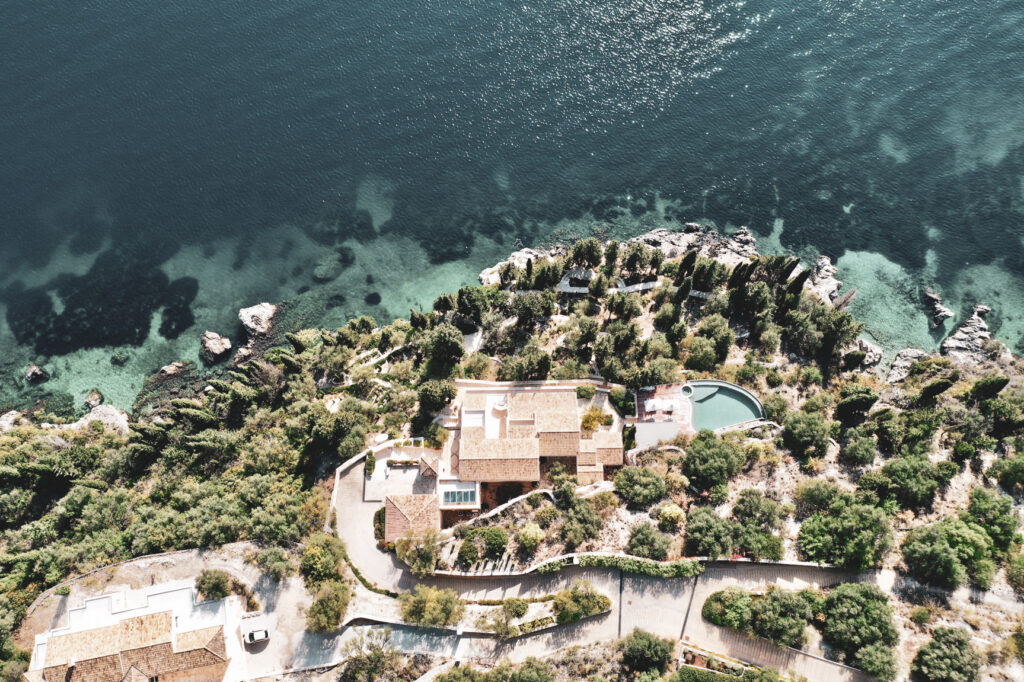Loved by free spirits, beach lovers, and creative types, Nidodileda embraces flowy fabrics, mixed patterns, and a laid-back eclectic style that we can’t get enough of!
Featuring rich colours and textures, mixed and matched with a modern flair to create luxury and sophistication, once you slip into one of their boho dresses or any piece you’ll understand why it makes women feel elegant and feminine.
Nidodileda was formed in 2012, when designer and founder, Antonia (Tonia) Mitroudi, decided to create her own clothing brand based on the principle of designing clothes to make you feel confident and free.
The brand’s core lies in designing handmade clothes, using high-quality fabrics and manufacturers. From flowy maxi dresses to dreamy pants with exotic prints, this boho brand is effortlessly soft, feminine, and stylish.
We recently spoke to designer and founder Tonia about her designs and upcoming projects.
Tell us a bit about your background and training in the fashion industry?
I was lucky enough to be able to fulfill my studies in Milan at Marangoni Fashion Institute and after in Barcelona at IED School of Design. Right after I returned to Greece and worked as a fashion stylist for fashion magazines (L’officiel and many others) and soon I got to experience the fashion industry through the Greek press for nearly seven years.
When did you launch your brand and what is the concept behind it?
Leaving the world of fashion through the Greek press, I managed to make my dream come true with a series of fortunate events that helped me build Nidodileda, slowly and steadily. It all started in 2012 when I designed the first collection and was so curious if the girls out there would understand our concept through our designs… and they did! Our philosophy is for all the “Nido” girls to feel free and beautiful, independent, and strong. A never-ending story about looking at things from the most beautiful perspective.
What inspires your creations?
I get inspired when I travel, and I try to travel a lot in order to do so. Now, given the situation, my inspiration comes from all the things I love such as music-which I can’t live without- going to the beach and staring at the sun and moon at nights and spending quality time with people.
How would you describe your brand?
Nidodileda has grown from a free spirit bohemian brand to a Luxury Bohemian chic brand. She has grown from a girl to a woman and I couldn’t be more proud.
Are the materials locally sourced and where are they made?
We try to enhance the local industry of course and we are very happy about the revolution in materials and quality. All the designs of the fabrics and materials are created by our partners in Europe. Through my travels, I try and seek new ones each time in order to be unique and different.
Who are the pieces created for?
The pieces are created for me and you! For all the women out there that dare to be different and that are looking for a unique piece for their special occasion. This is exactly why we refer to the pieces as “Wardrobe treasures”.
Tell us about your latest collection?
Our SS’20 was introduced as “New Jade and the Whites”. It is inspired by precious and semi-precious stones with my favorite gemstone the New Jade that symbolizes balance, cleaning the mind and soul, reduces negativity and anxiety. The collection has a color pallet of nude, gold, rose gold, and soft pastels, and the “whites” collection fits perfectly as it was my dream to create a collection with a white base.
What is your favourite item in your range at the moment?
In each collection, I always have some pieces I distinguish and wear nearly every day from day to night. This season it is the “Niobium” kimono from the Whites collection and the “Iolite” kimono. Also if I may I will say “Dean” Dress from our capsule collection.
What are the current projects you are working on and is there anything exciting coming up you would like to share?
We are thrilled to announce that we are soon moving our HQ offices to a bigger space and opening our first flagship store! We will be able to introduce to everyone our brand philosophy and all aspects of Nidodileda, such as our NidoHome collection and Bridal collection. We assure you there will be many more things coming!
Where is your brand stocked?
We are stocked in Greece.
Do you ship internationally?
We ship all around the world!
How would you describe the Greek fashion scene in 2020?
I find the Fashion scene very promising and full of action! It is great to see talents out there creating!
How would you describe your own style?
I would like to say Bohemian eclectic with a twist!
On another note, tell us your favourite Greek holiday destination?
My absolute destination is the island of Serifos, as it combines amazing beaches and food and beautiful sceneries that are breathtaking. I can now add the island of Koufonisi for the exact same reasons!

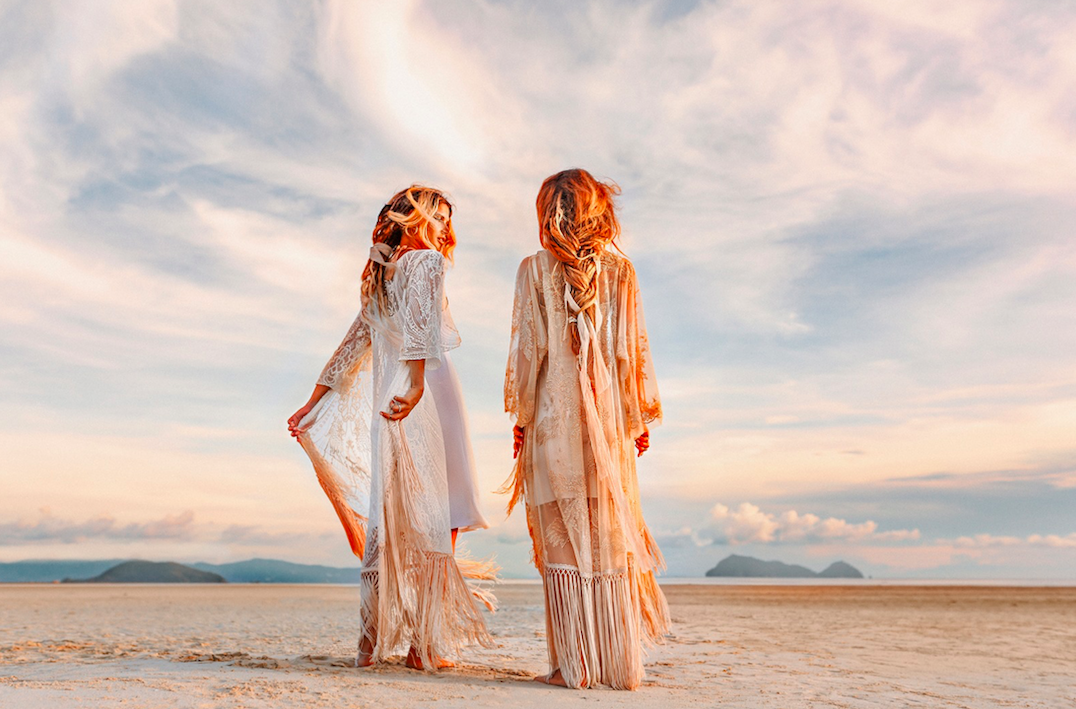
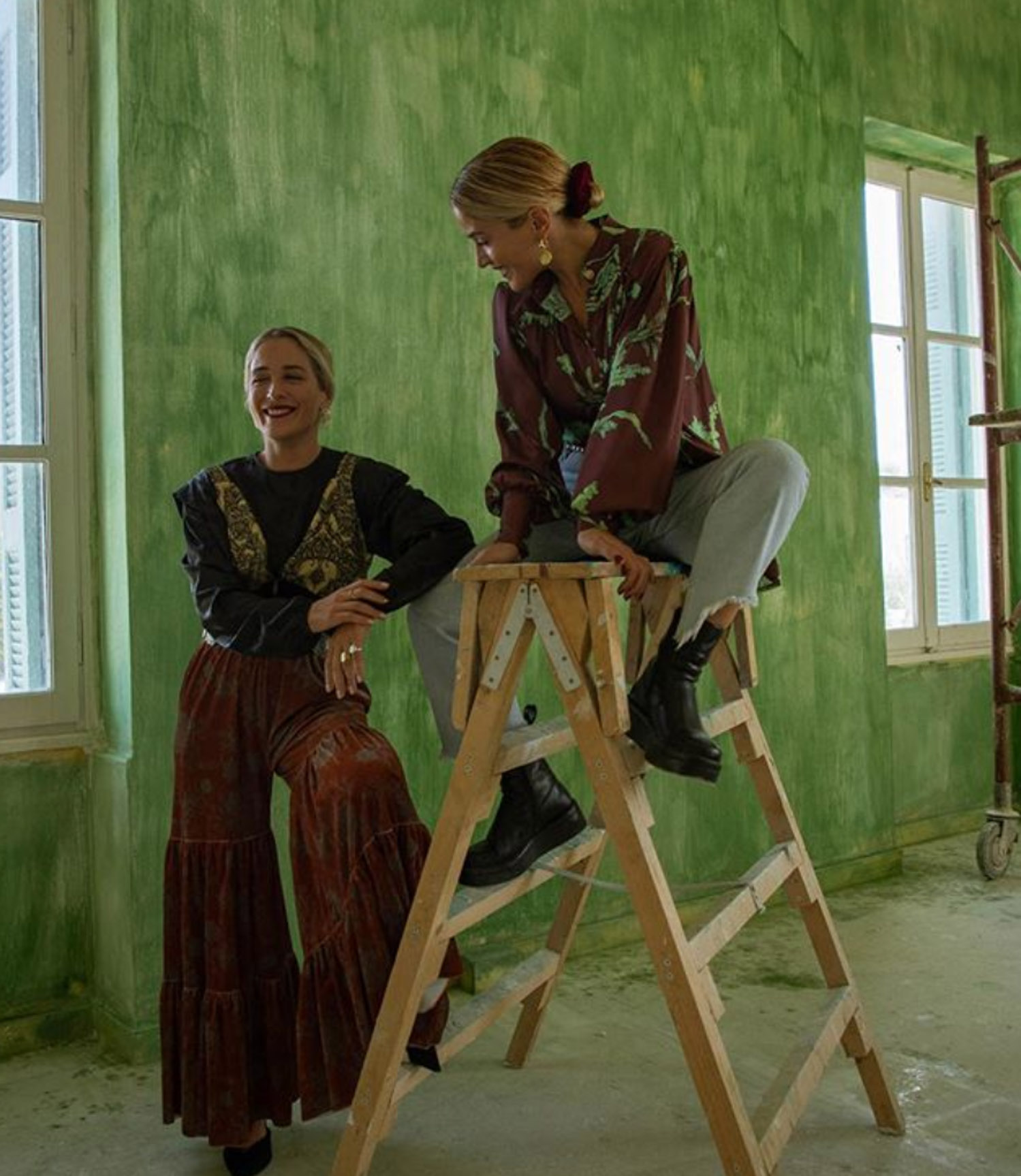
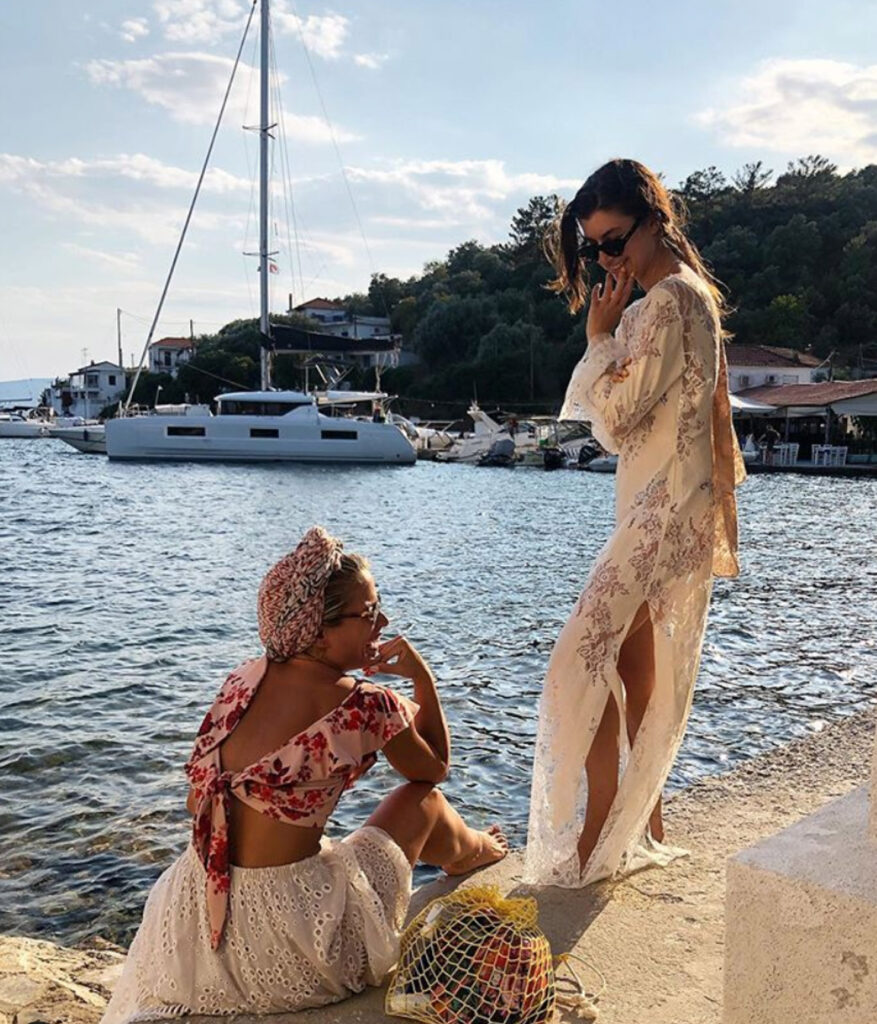

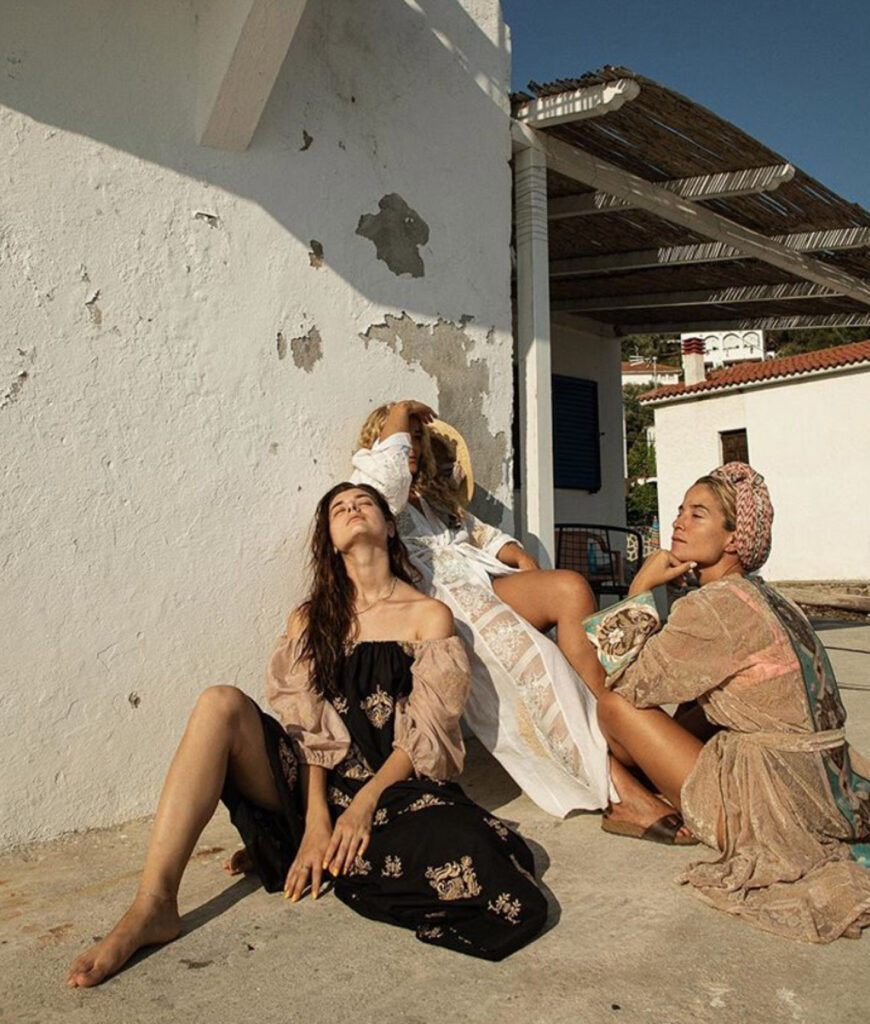

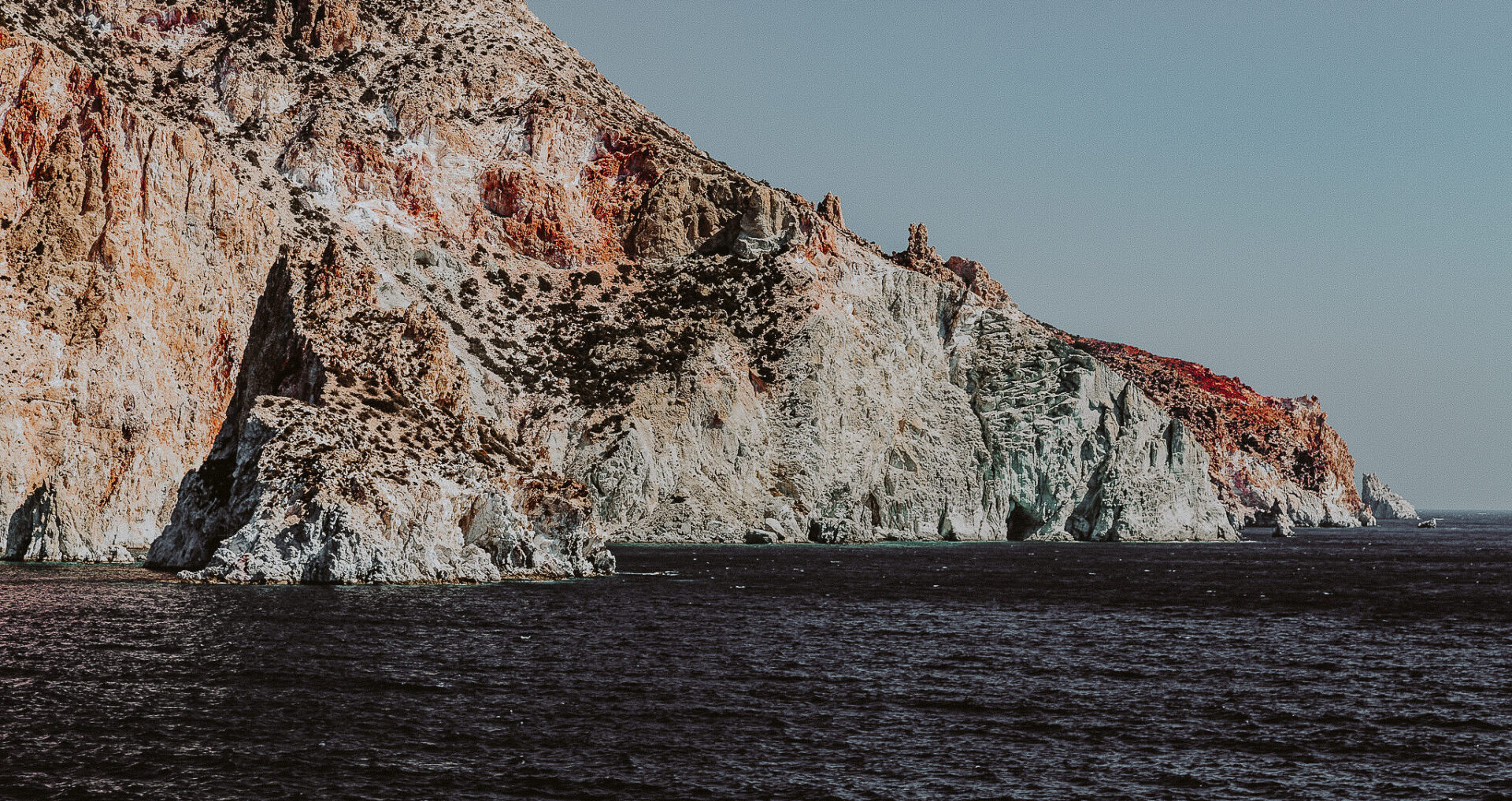
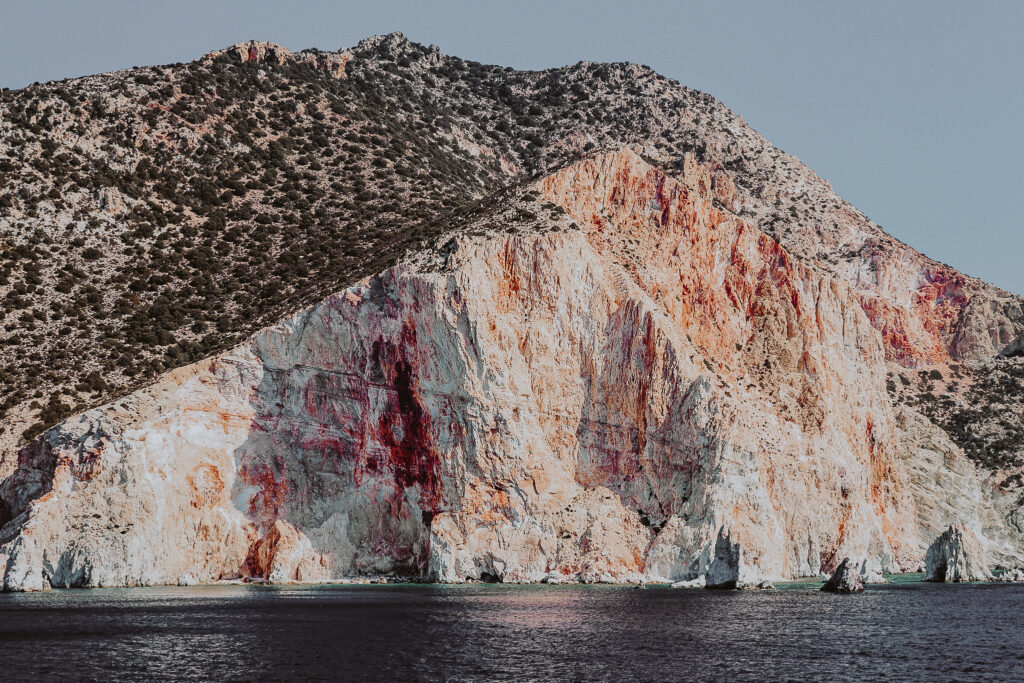
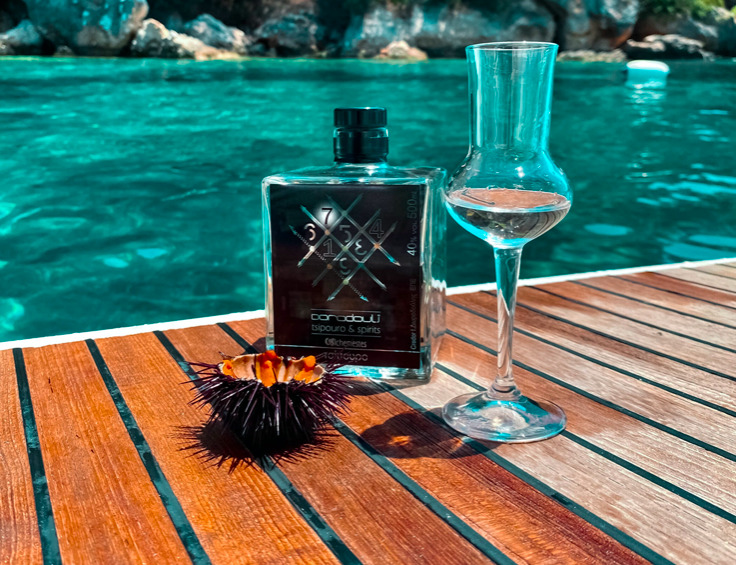
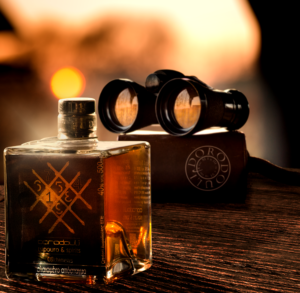 Inspired by her ancestors’ traditions Lidia Dorodouli, who is a Spirit Sommelier and Creative Director of the company, spoke to IN+SIGHTS GREECE about the distillery which offers informative tours and taste testing all year round- teaching local and international visitors about this unique drink, while also sharing her tips on how to prepare luscious cocktails using Tsipouro.
Inspired by her ancestors’ traditions Lidia Dorodouli, who is a Spirit Sommelier and Creative Director of the company, spoke to IN+SIGHTS GREECE about the distillery which offers informative tours and taste testing all year round- teaching local and international visitors about this unique drink, while also sharing her tips on how to prepare luscious cocktails using Tsipouro.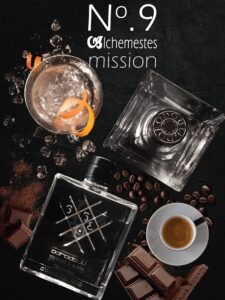 it. The clear spirits rest for one year in inox vessels but the aged tsipouro remains for a total of two years in three different barrels. In the Classico Collection, you will find the elegant Tsipouro (Classico T) the rich (Classico E), and from the aniseed (Classico G) to the botanic Tsipouro (Classico V). Also, for the whisky-lovers there (Classico X), for the cognac- enthusiasts (Classico C), and of course, my favourite Classico P, which you can enjoy in a cocktail or with tonic water.
it. The clear spirits rest for one year in inox vessels but the aged tsipouro remains for a total of two years in three different barrels. In the Classico Collection, you will find the elegant Tsipouro (Classico T) the rich (Classico E), and from the aniseed (Classico G) to the botanic Tsipouro (Classico V). Also, for the whisky-lovers there (Classico X), for the cognac- enthusiasts (Classico C), and of course, my favourite Classico P, which you can enjoy in a cocktail or with tonic water.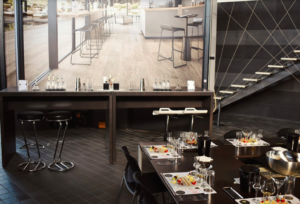 Tsipouro is a secondary product because it uses the remains of wine production (in any condition). In our four years of research, we realised that the grapes skin and wine lees have to be from fresh and well-treated grapes so as to keep the amazing aromas and flavours and to avoid the harsh or sharpness in the spirit. As the Tsipouro is a premium distillate, it accompanies the fine dining experience nicely.
Tsipouro is a secondary product because it uses the remains of wine production (in any condition). In our four years of research, we realised that the grapes skin and wine lees have to be from fresh and well-treated grapes so as to keep the amazing aromas and flavours and to avoid the harsh or sharpness in the spirit. As the Tsipouro is a premium distillate, it accompanies the fine dining experience nicely.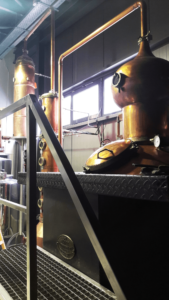 Tell us about your actual distillery. Can people visit all year round?
Tell us about your actual distillery. Can people visit all year round?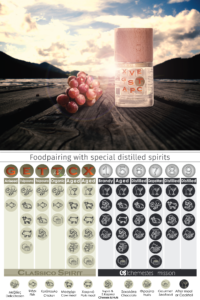 What food do you recommend to pair with your Tsipouro?
What food do you recommend to pair with your Tsipouro?